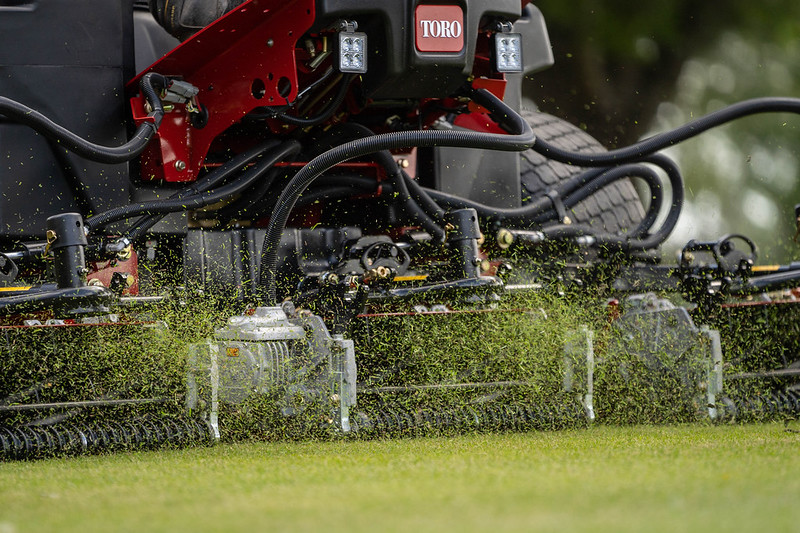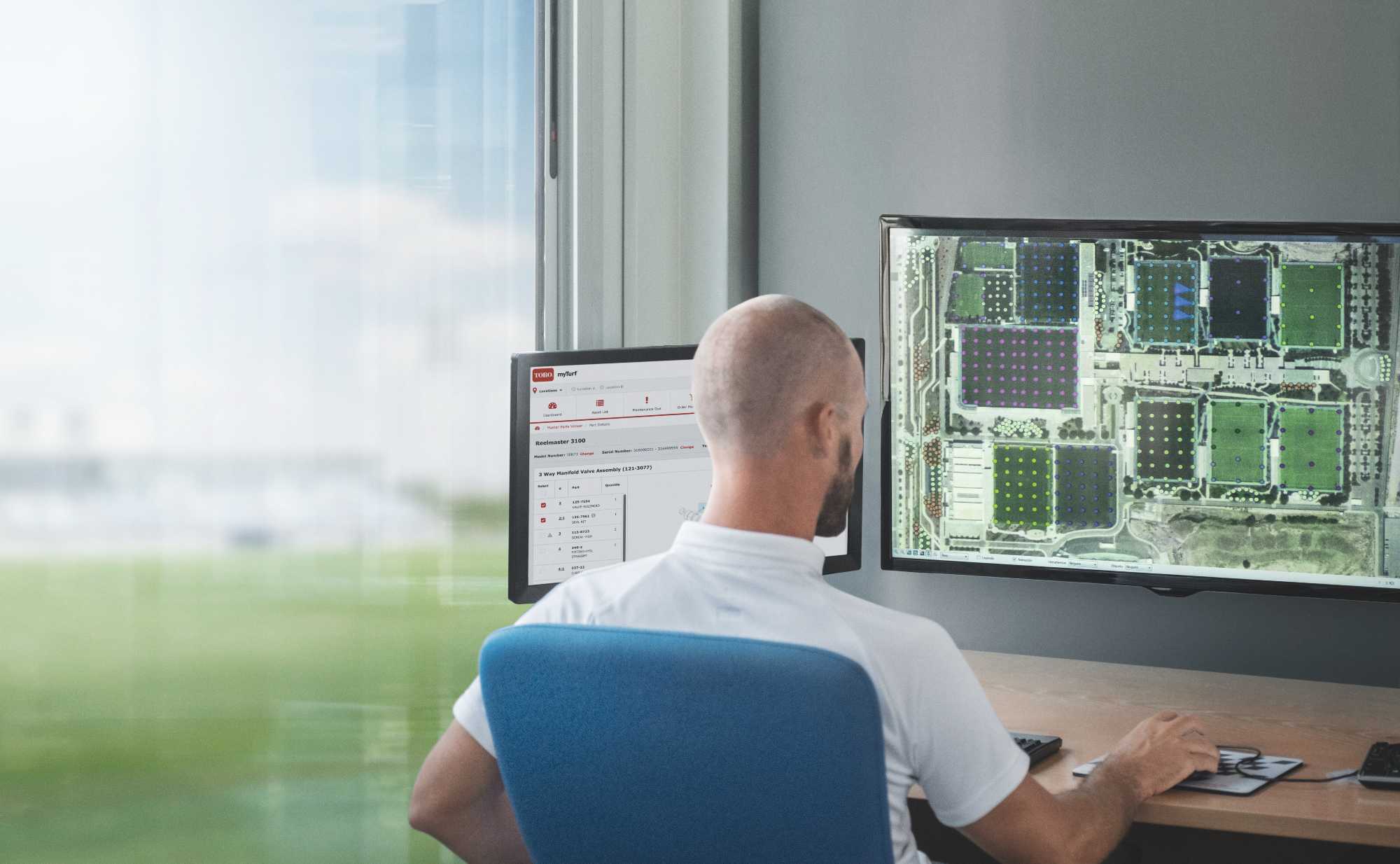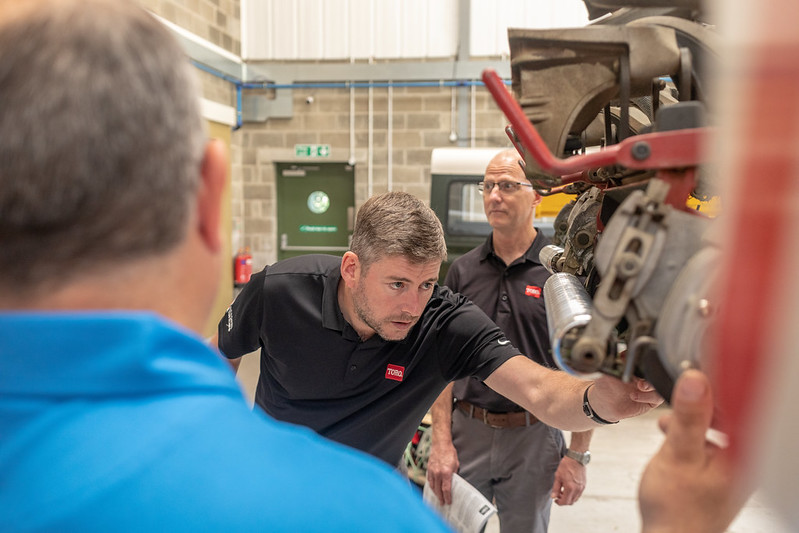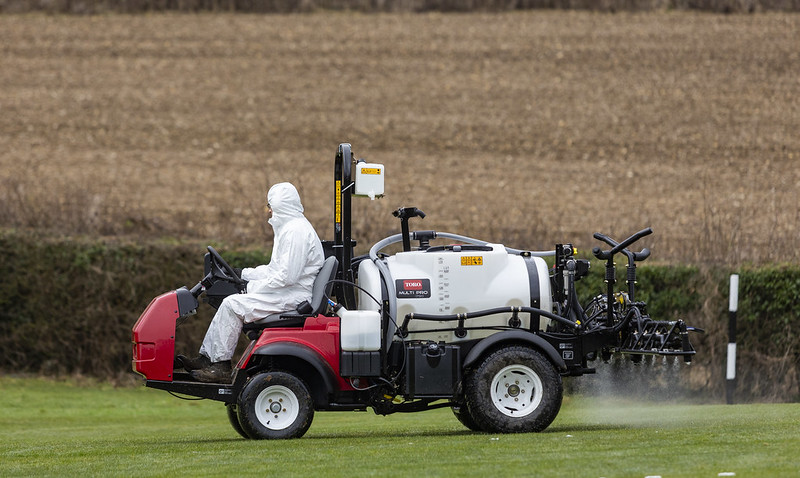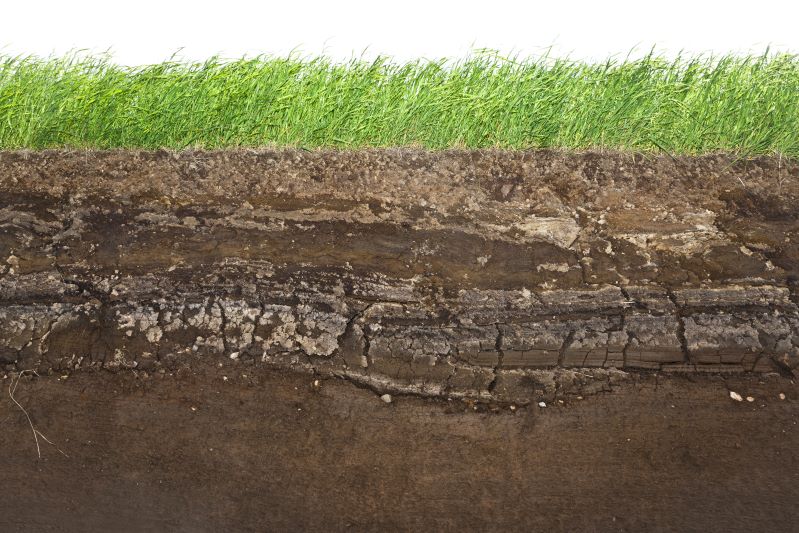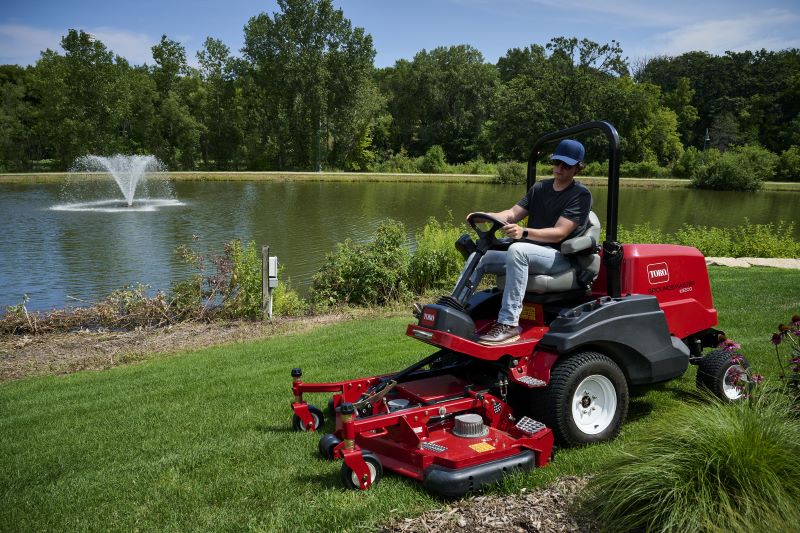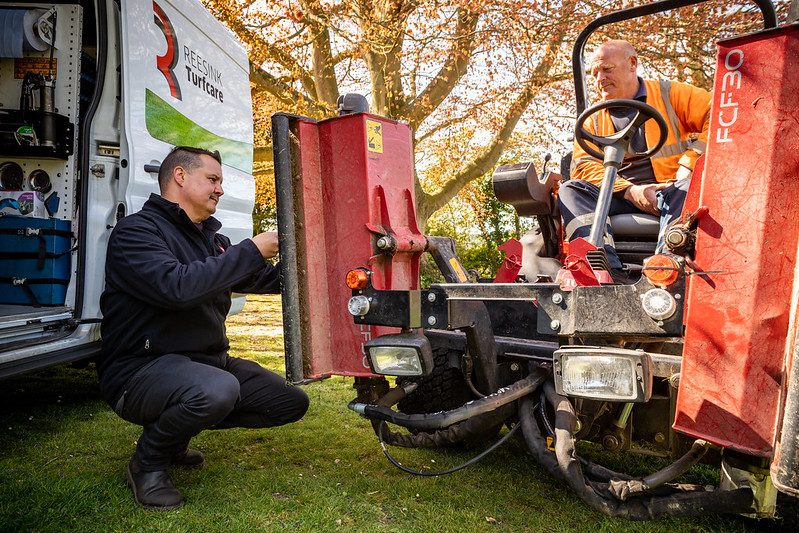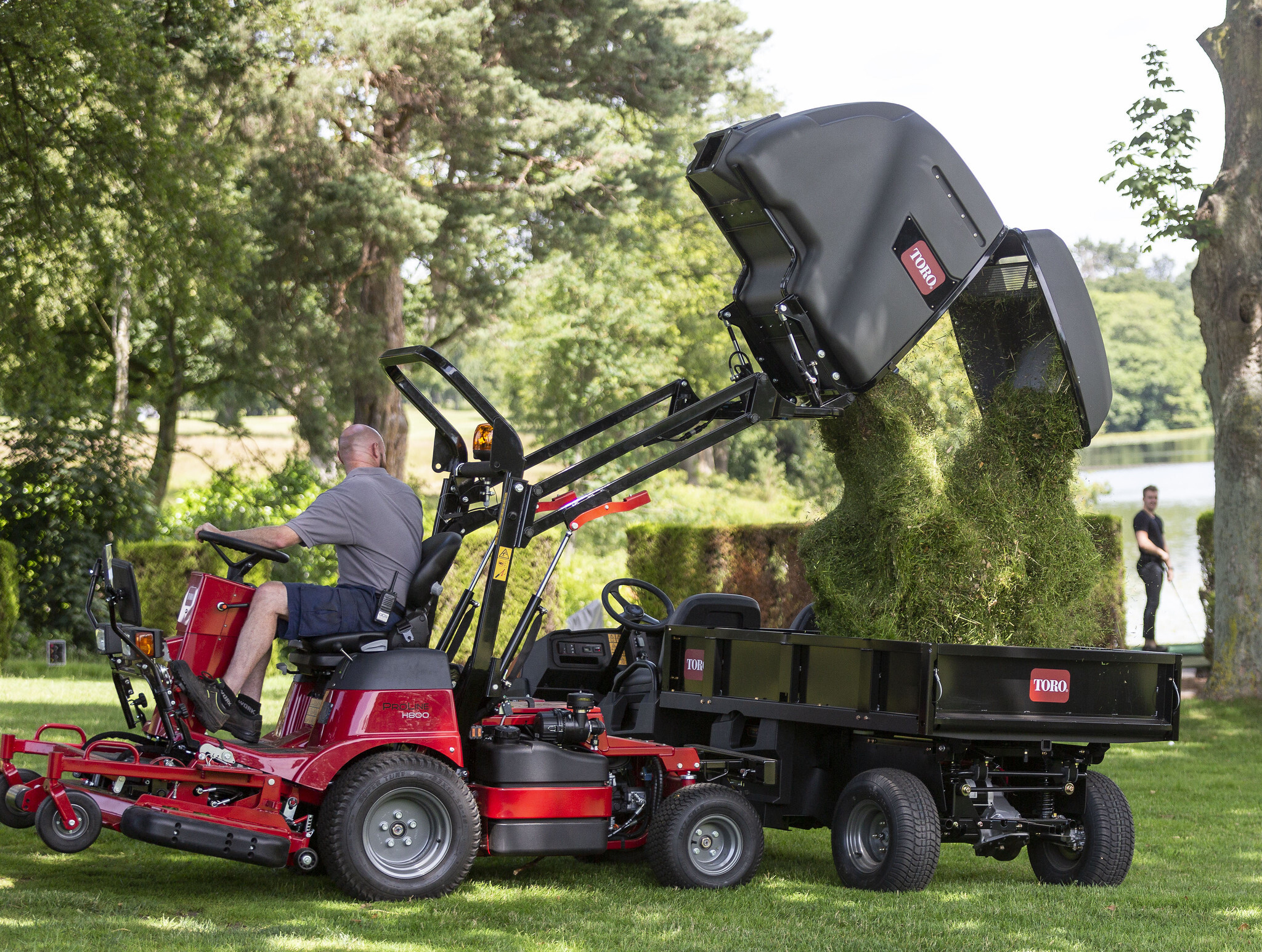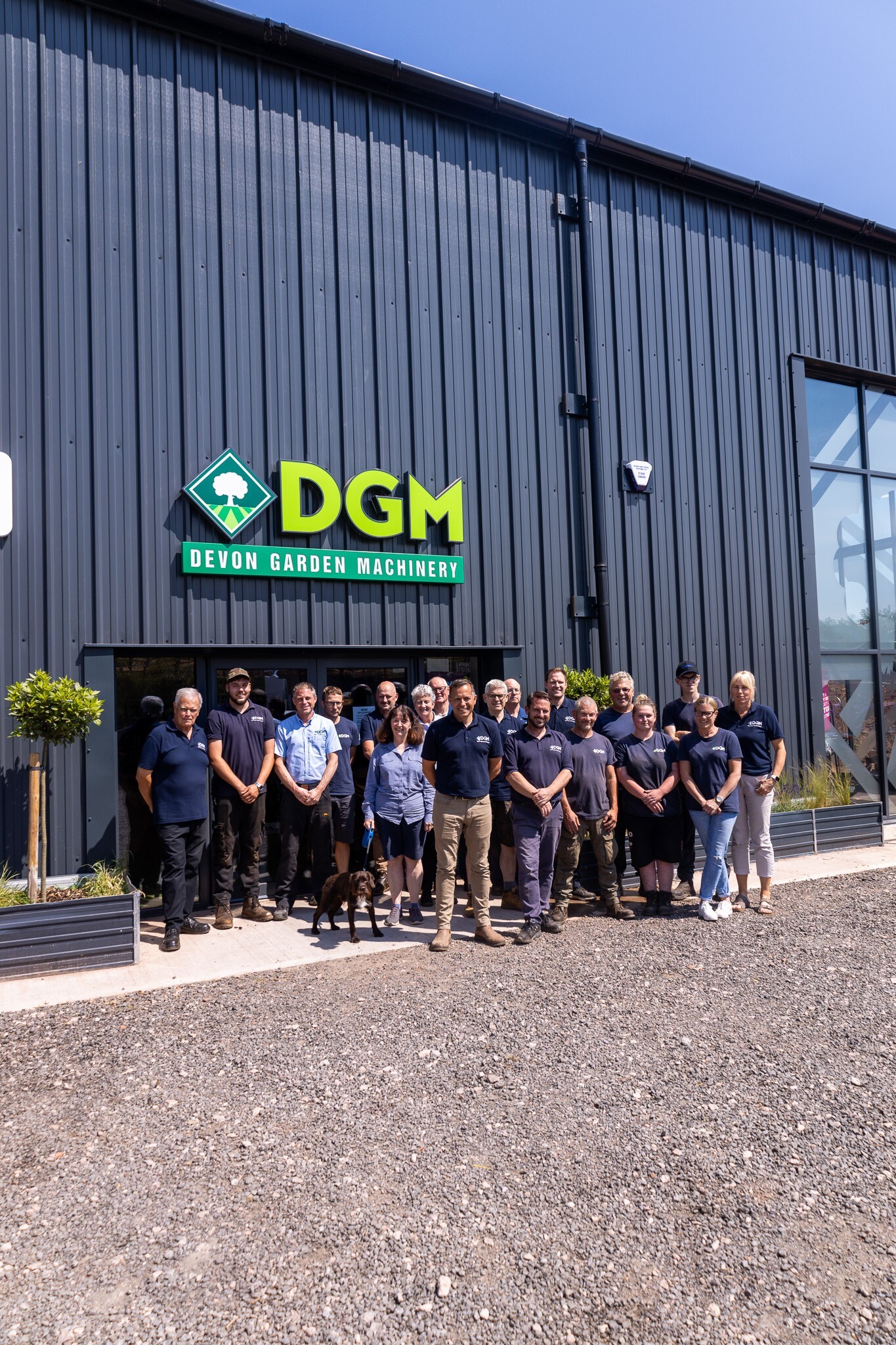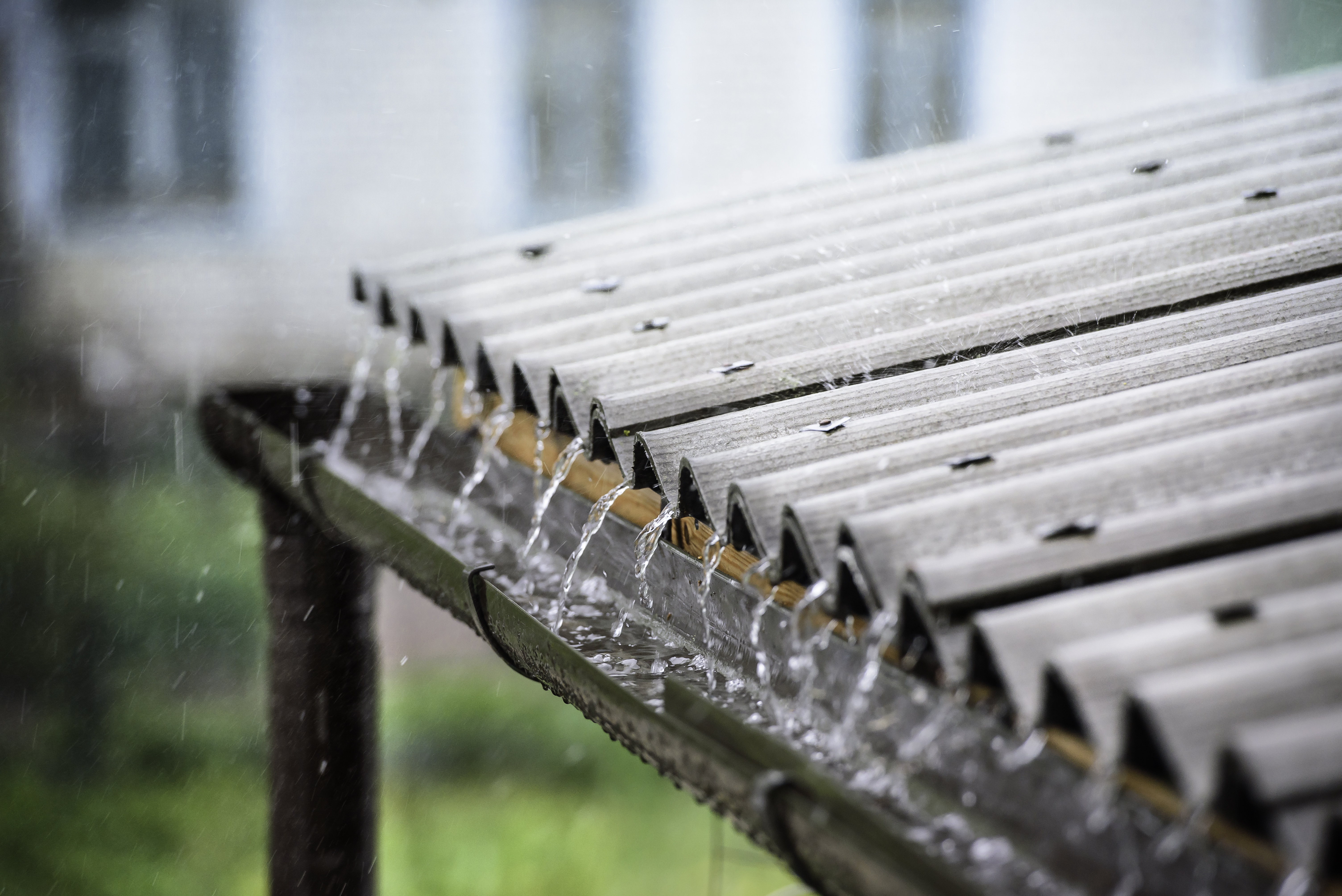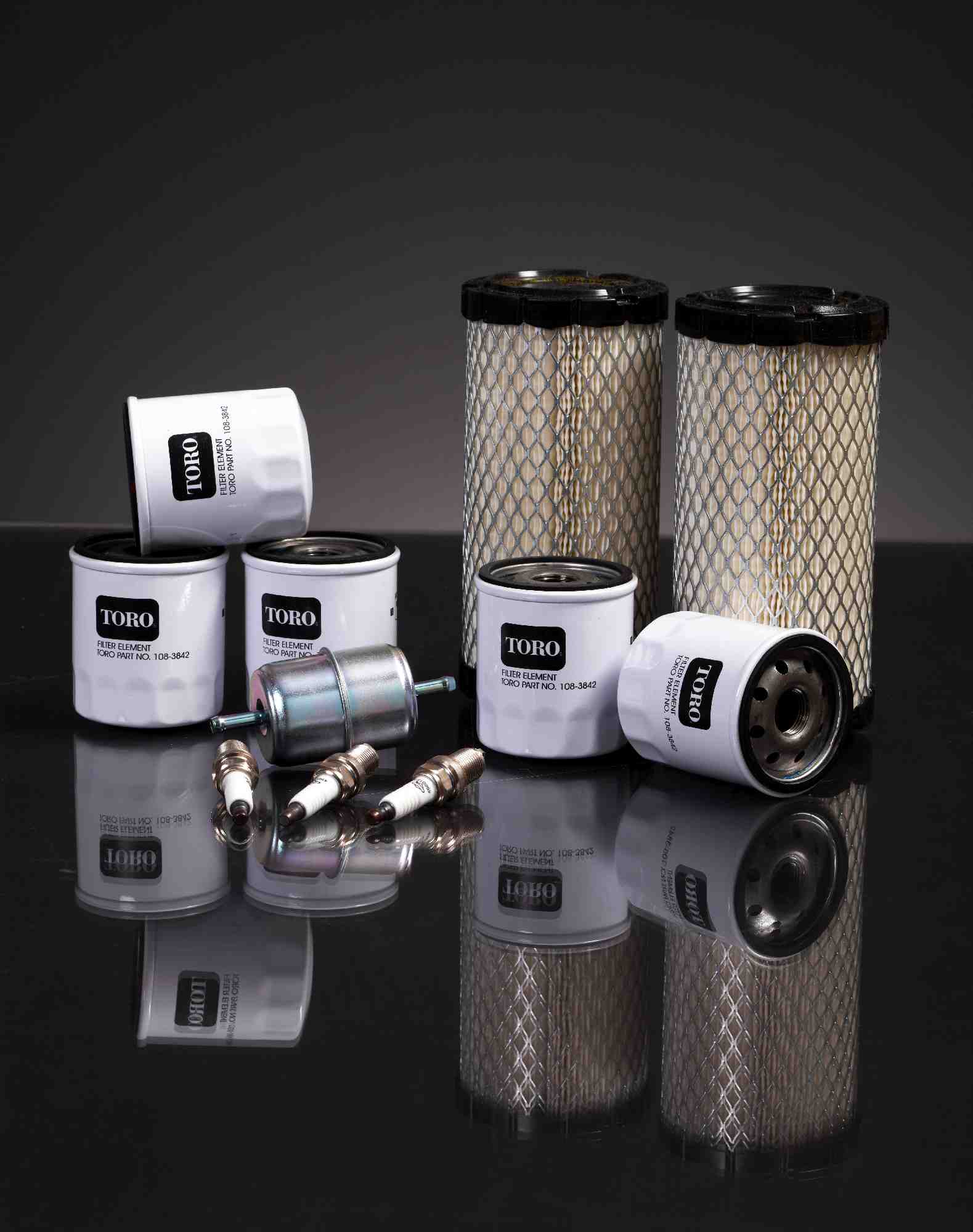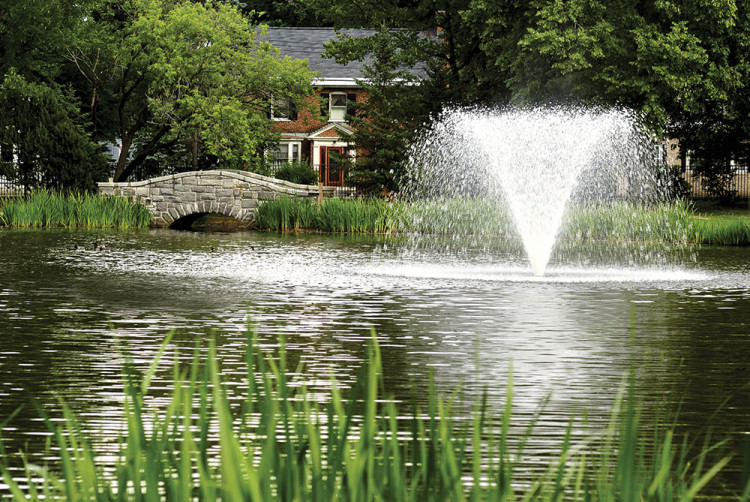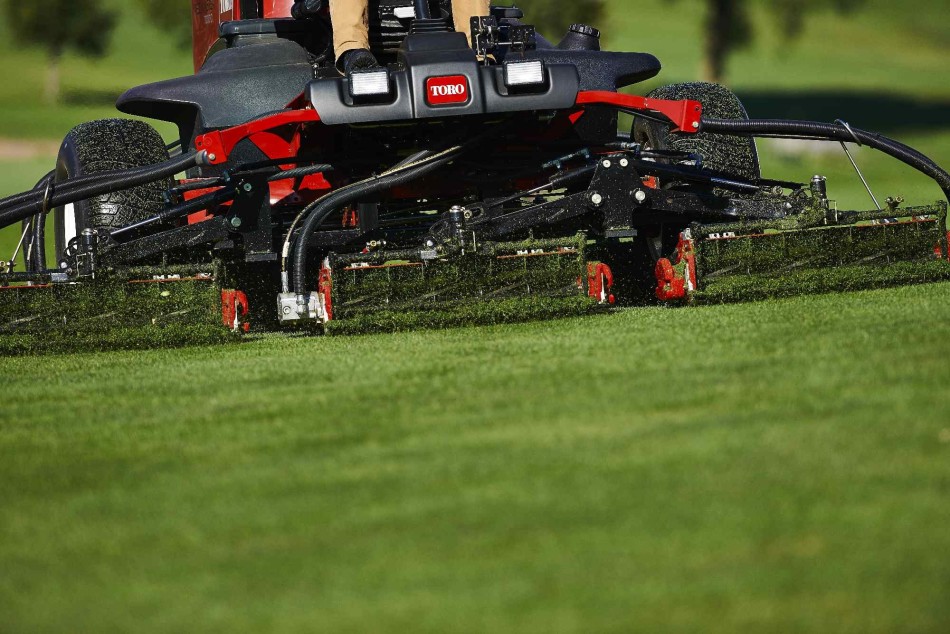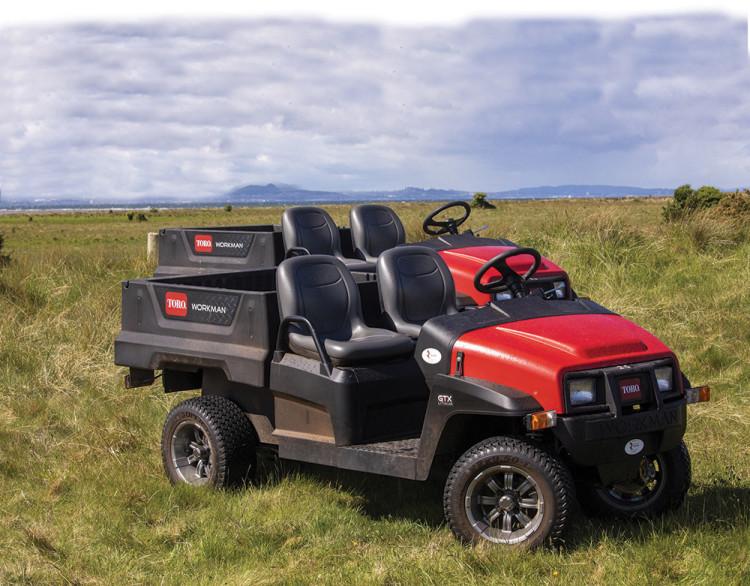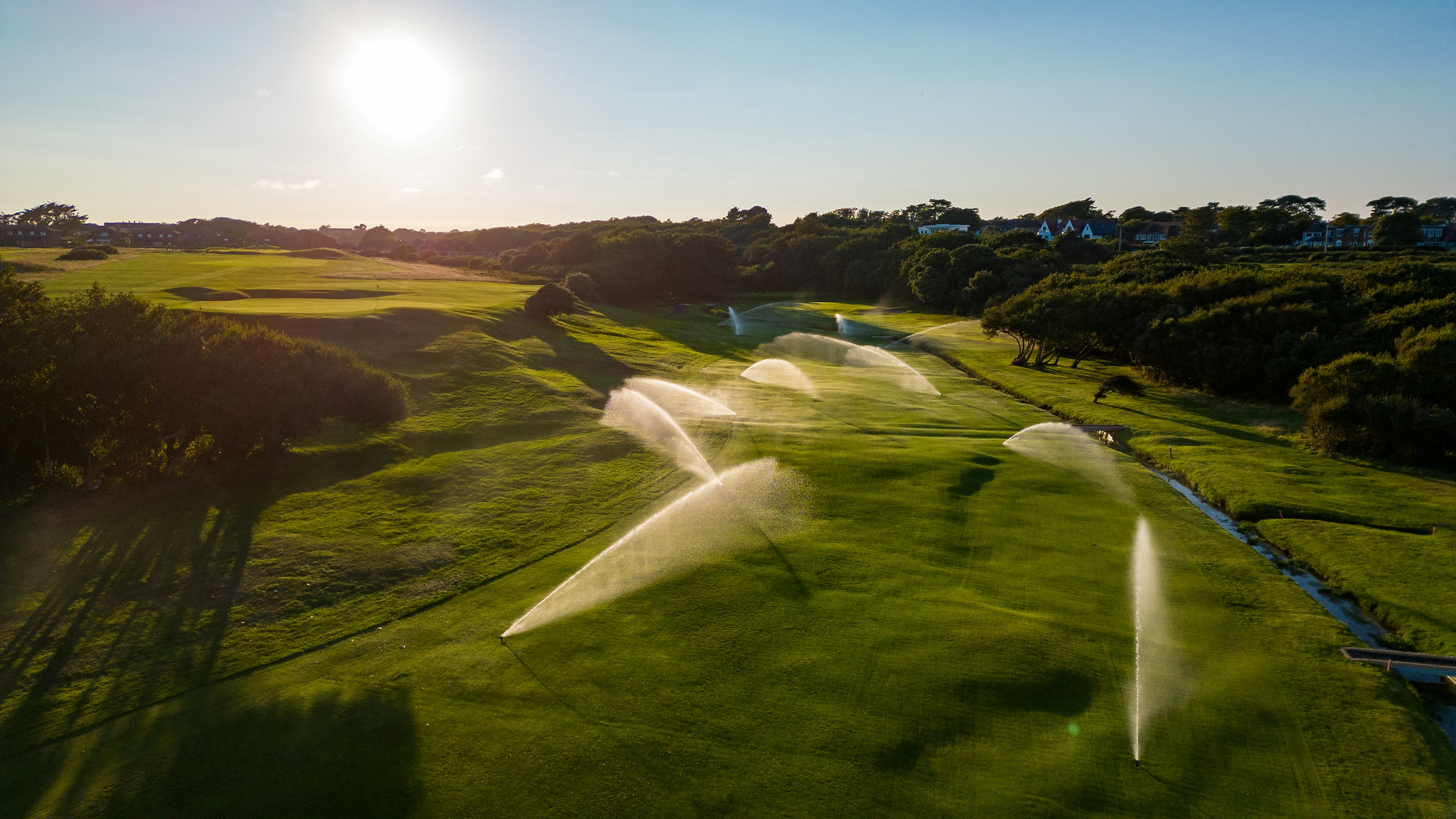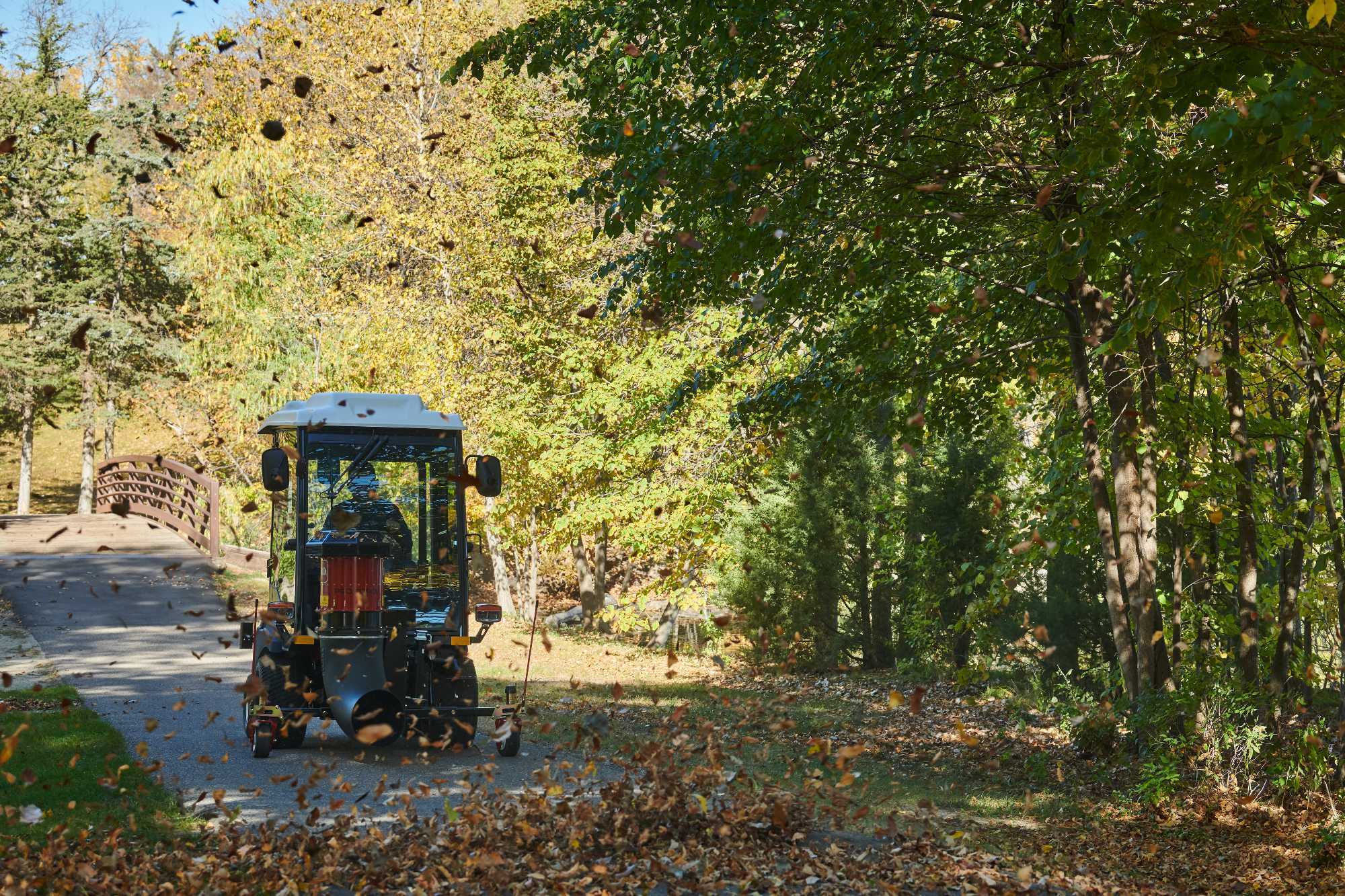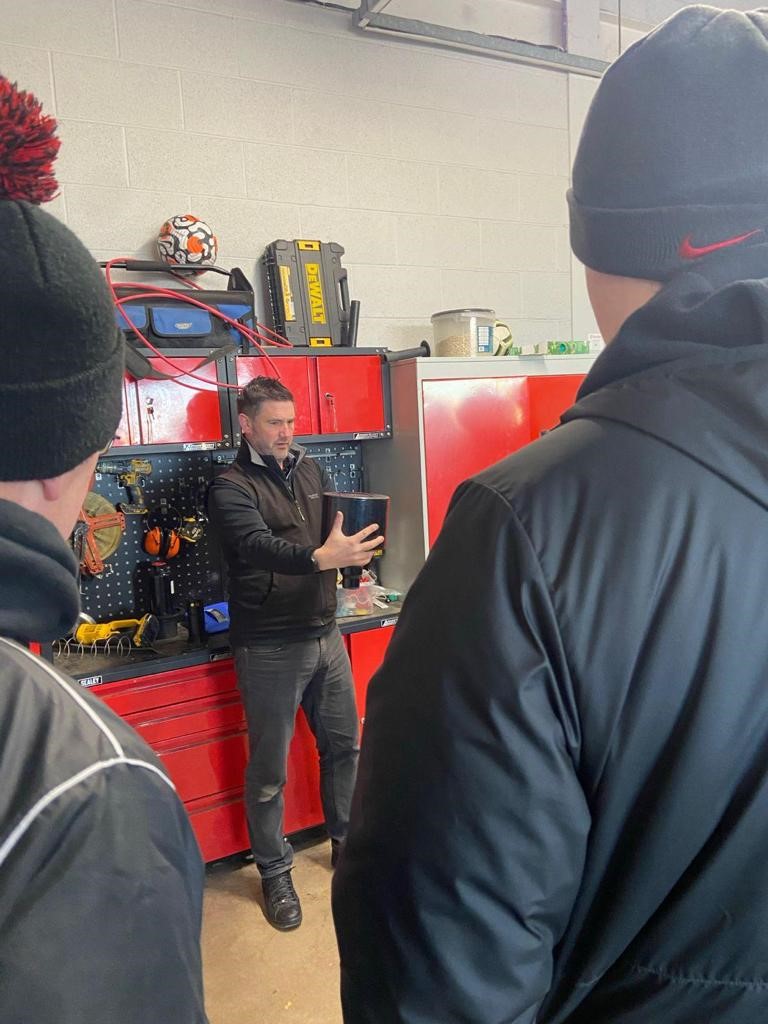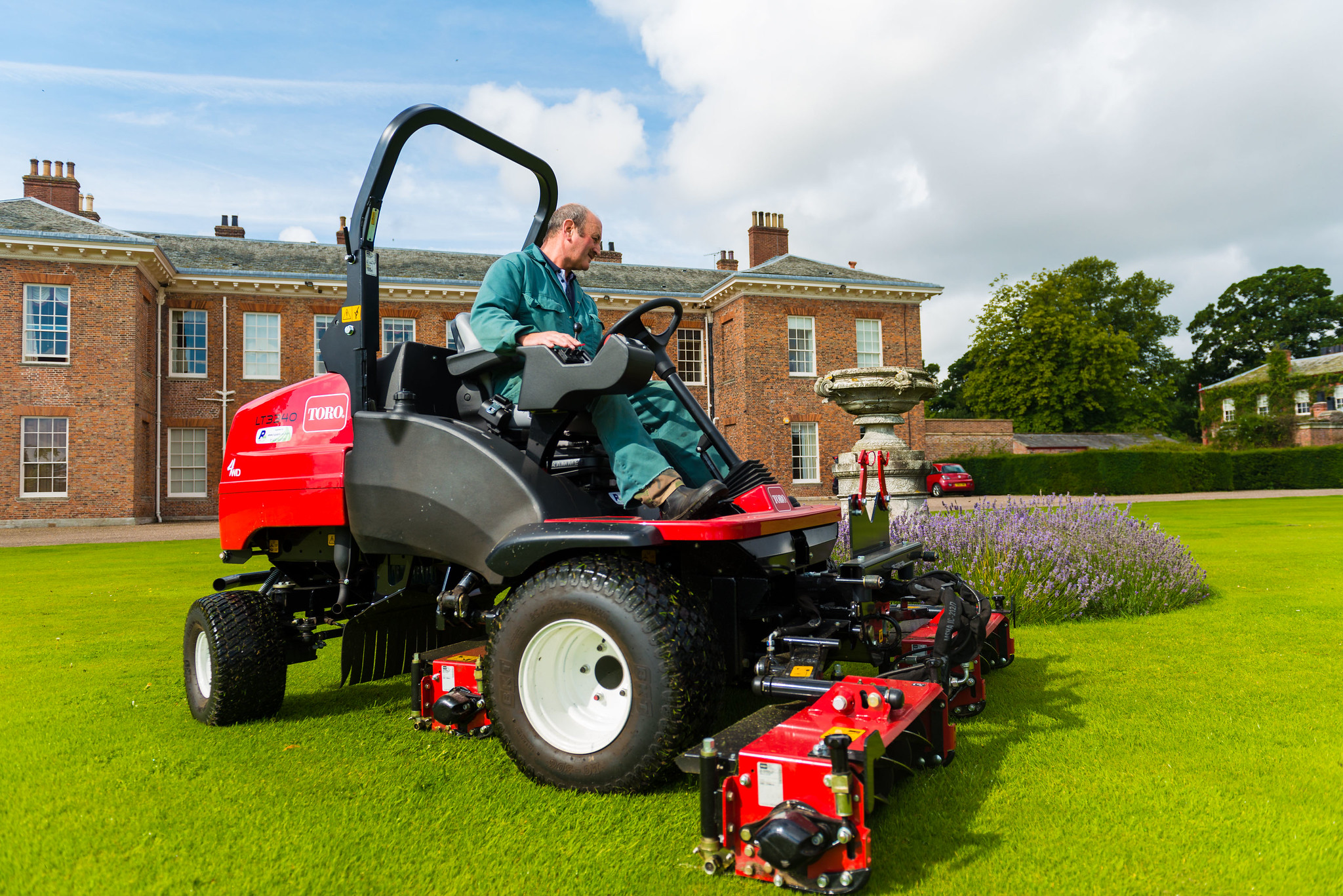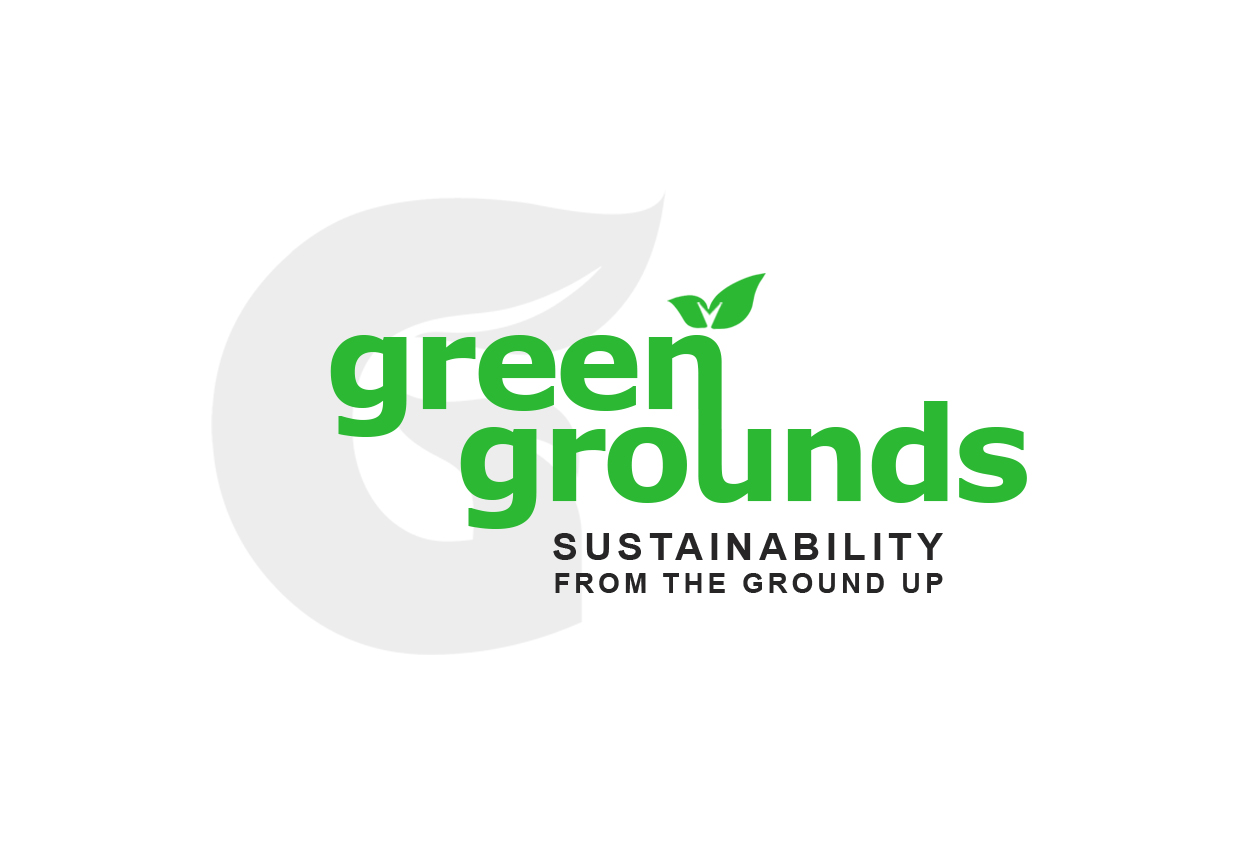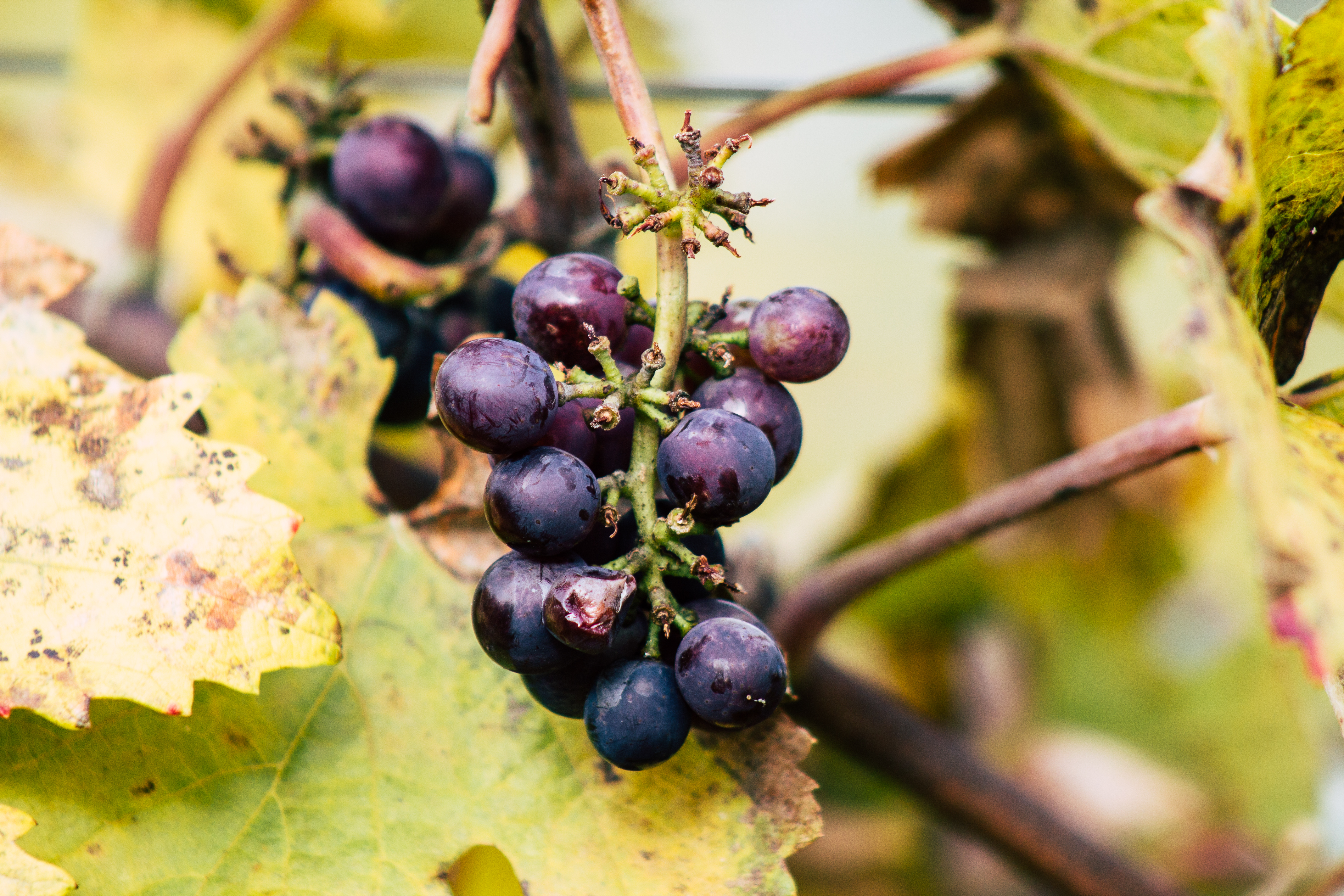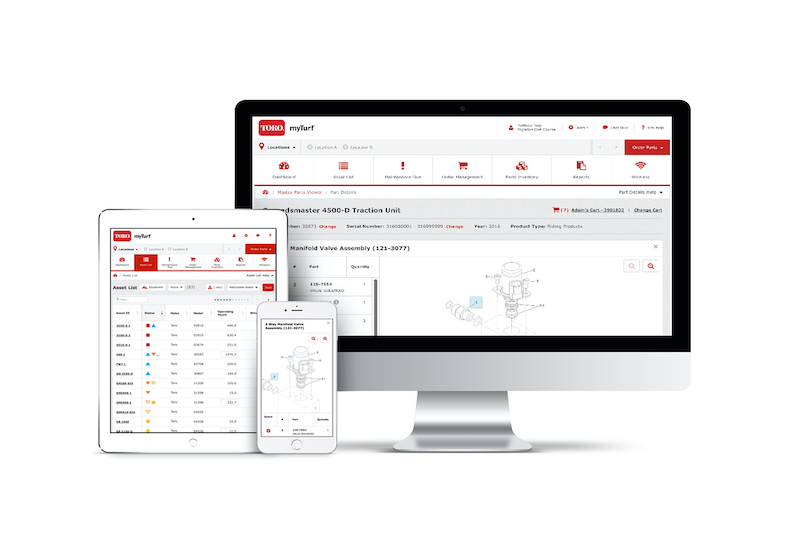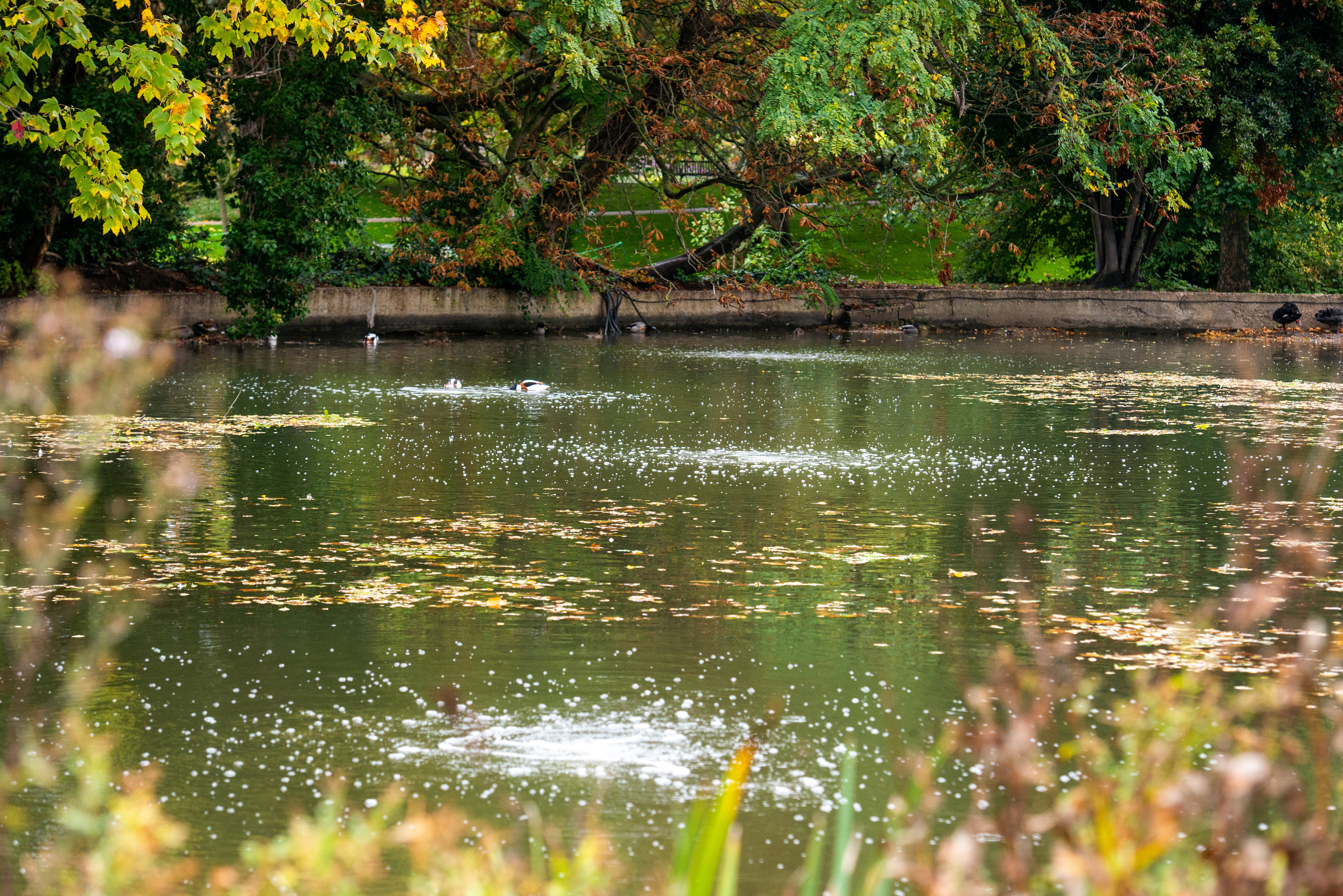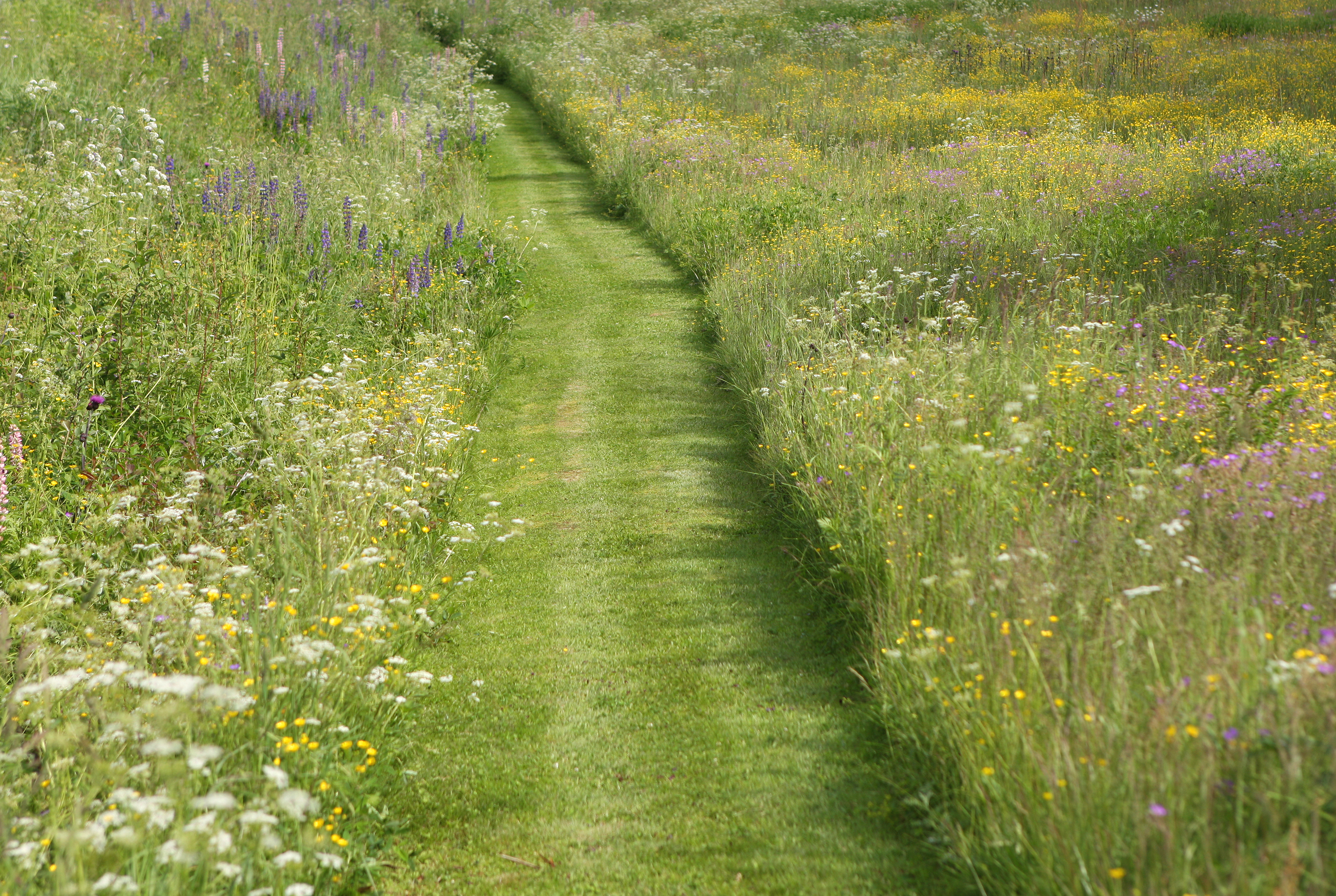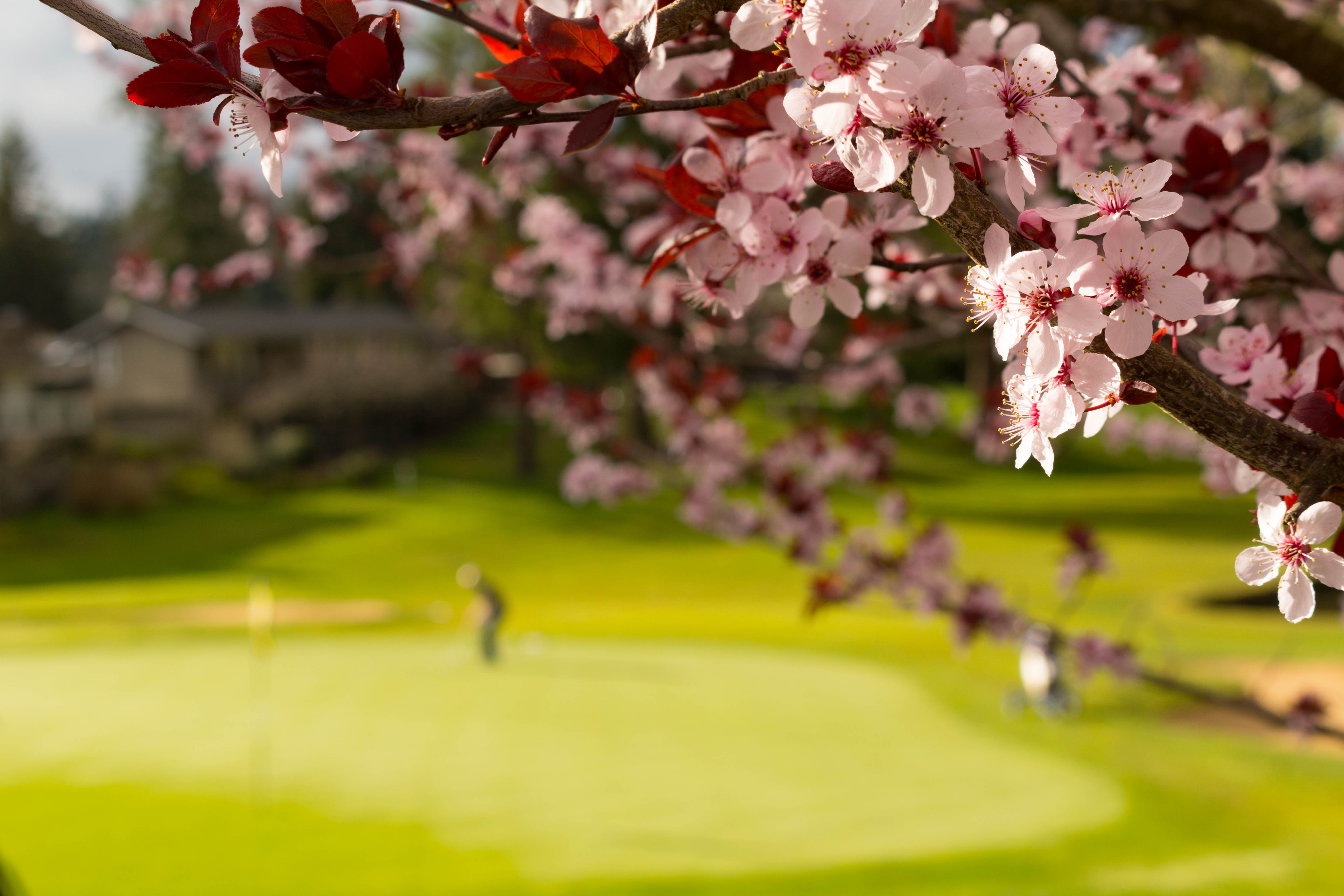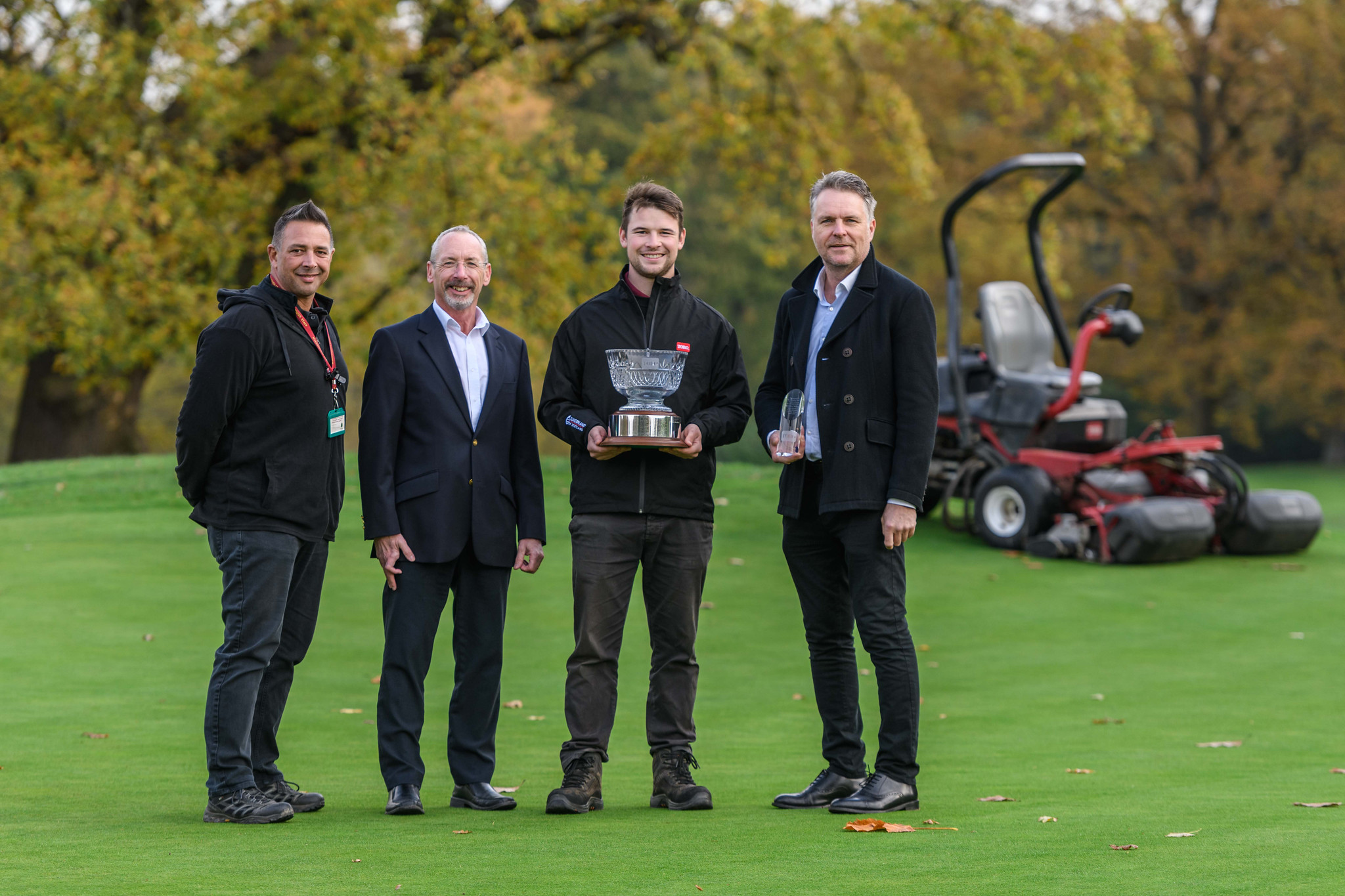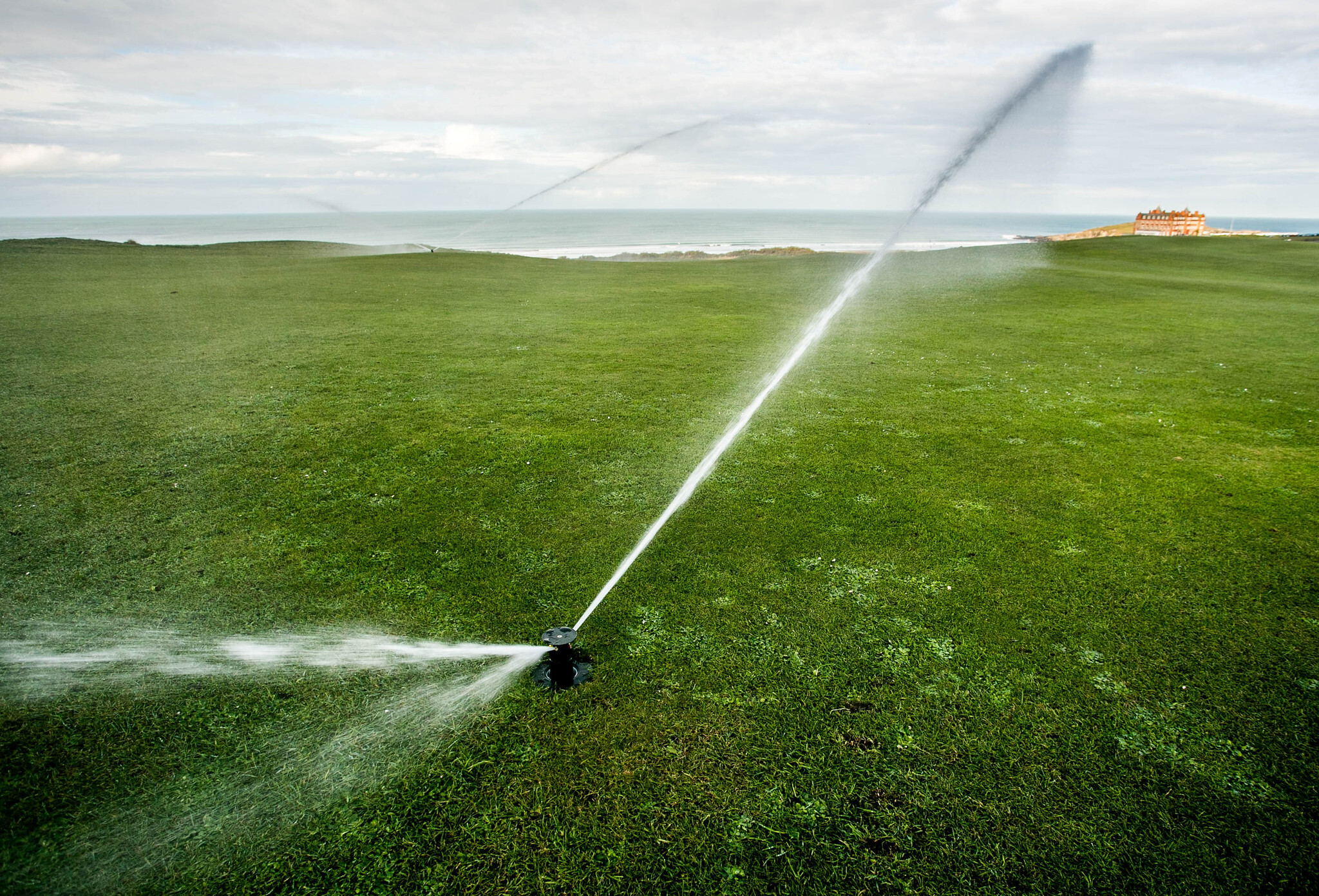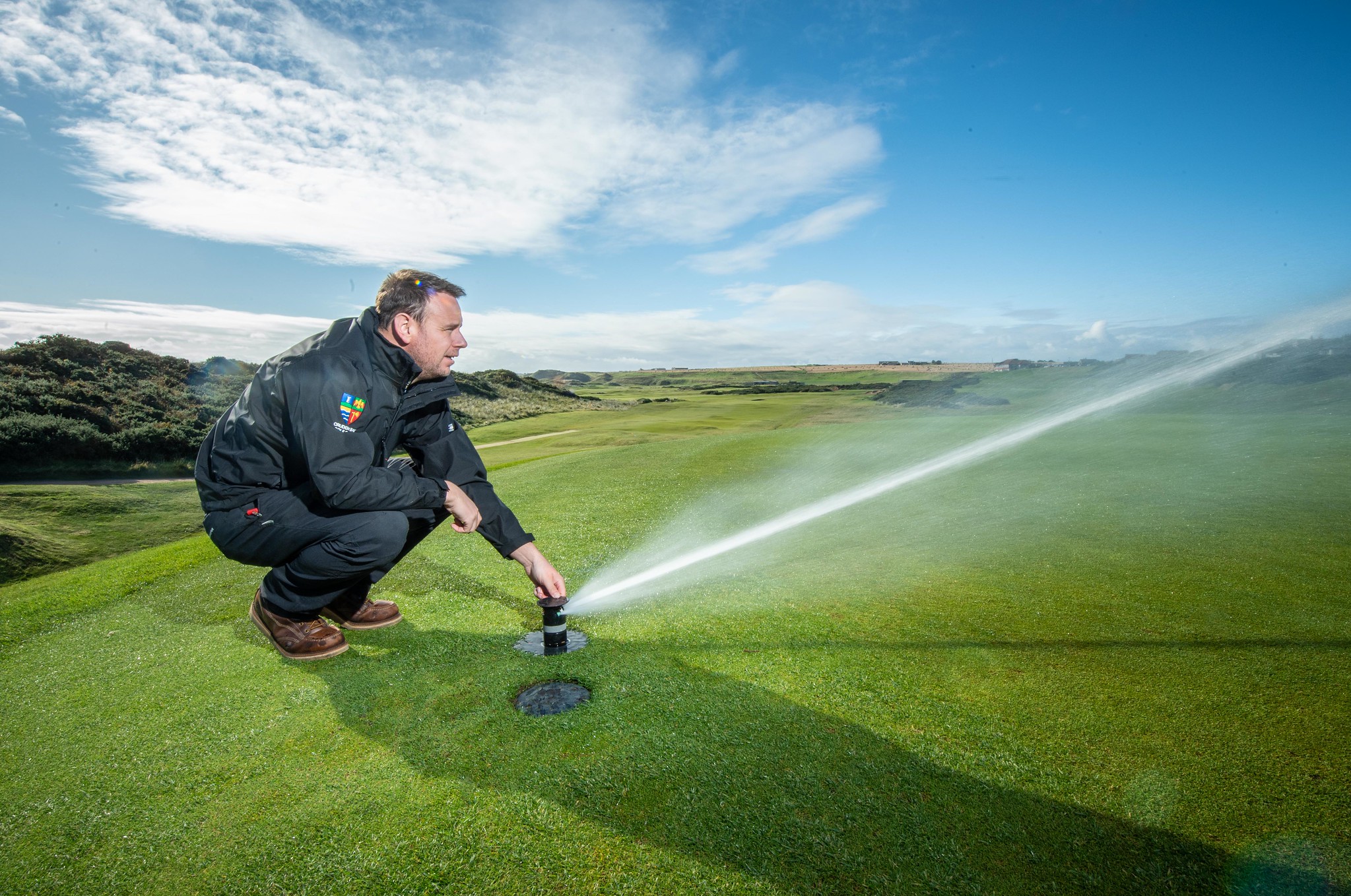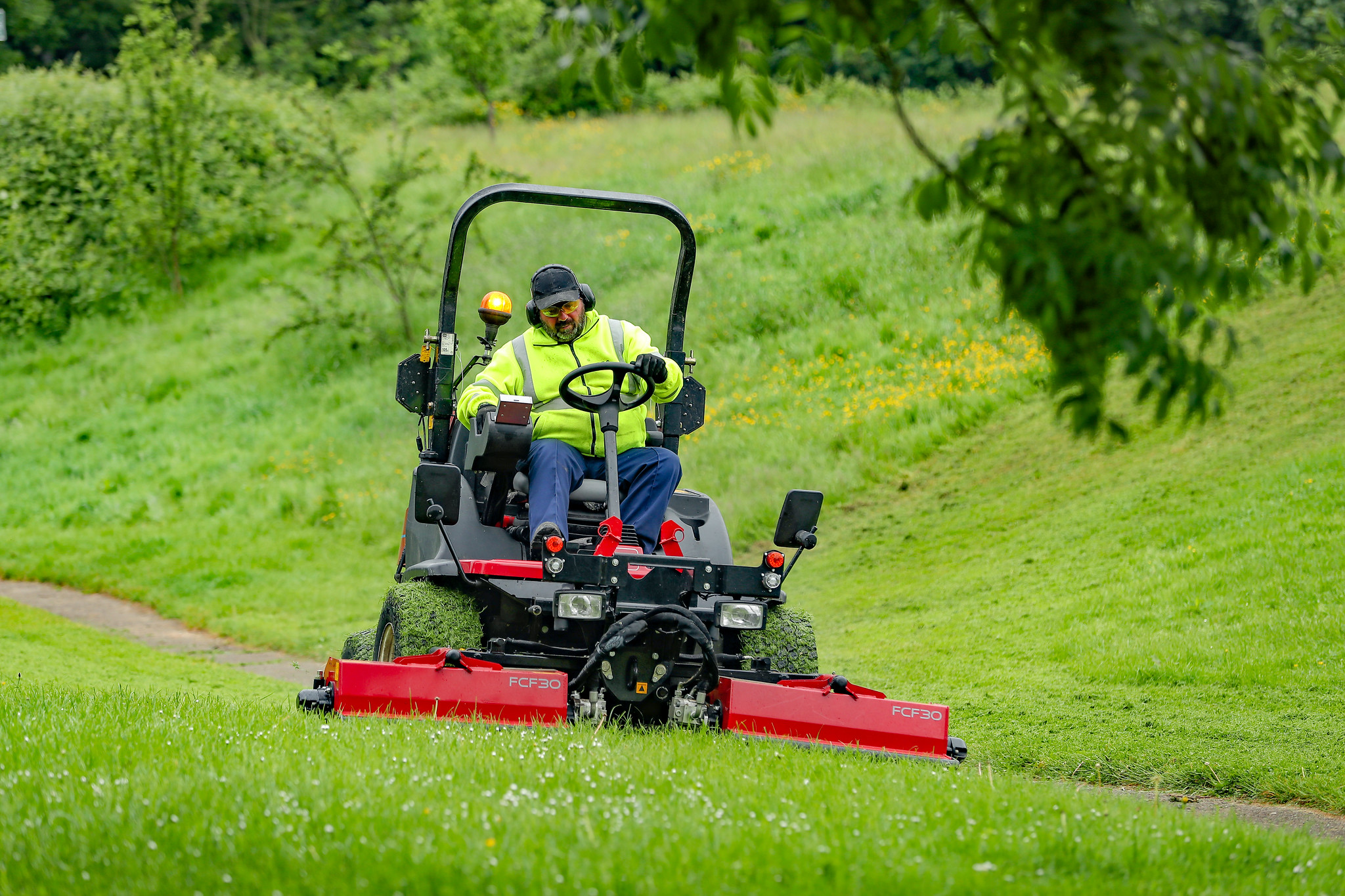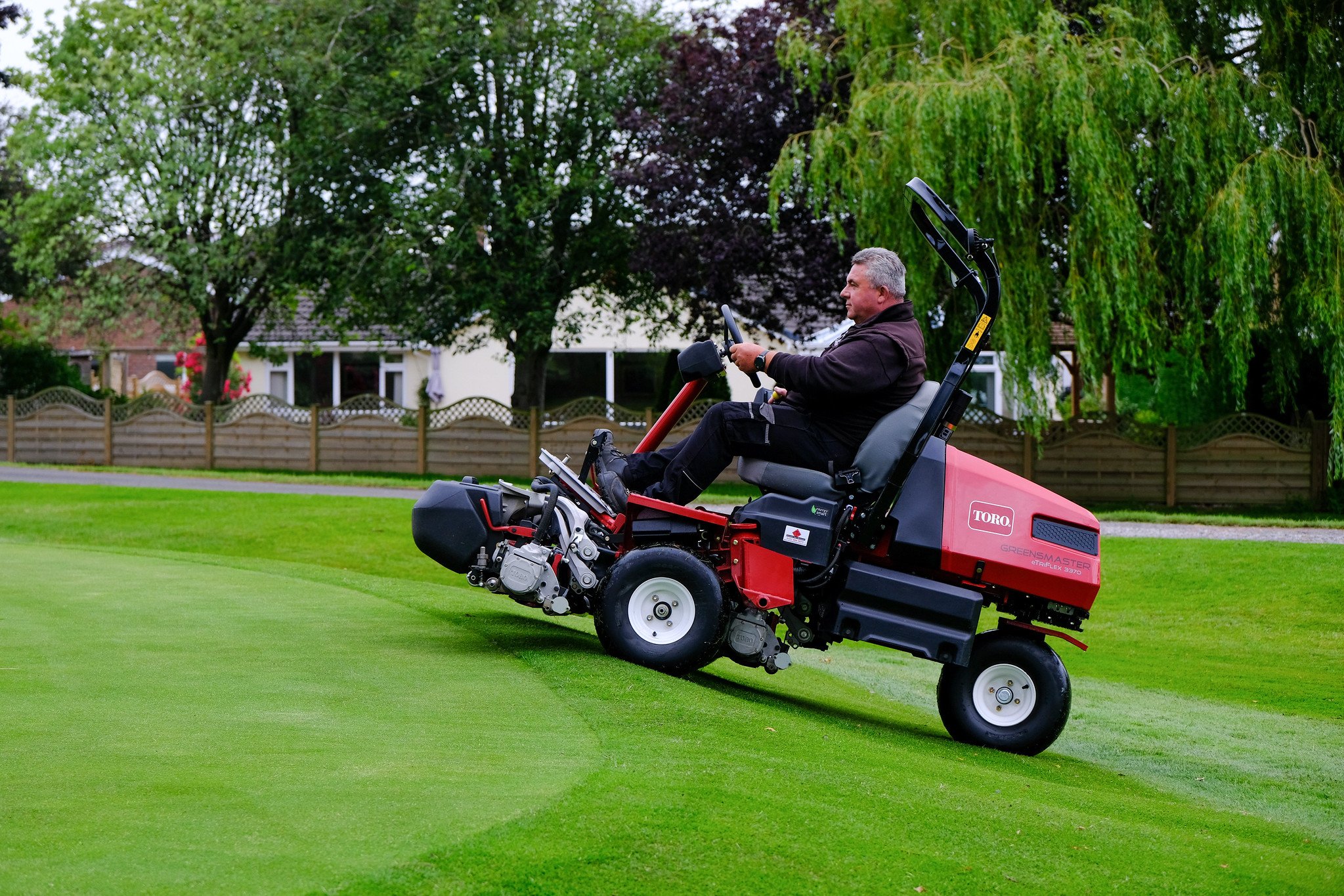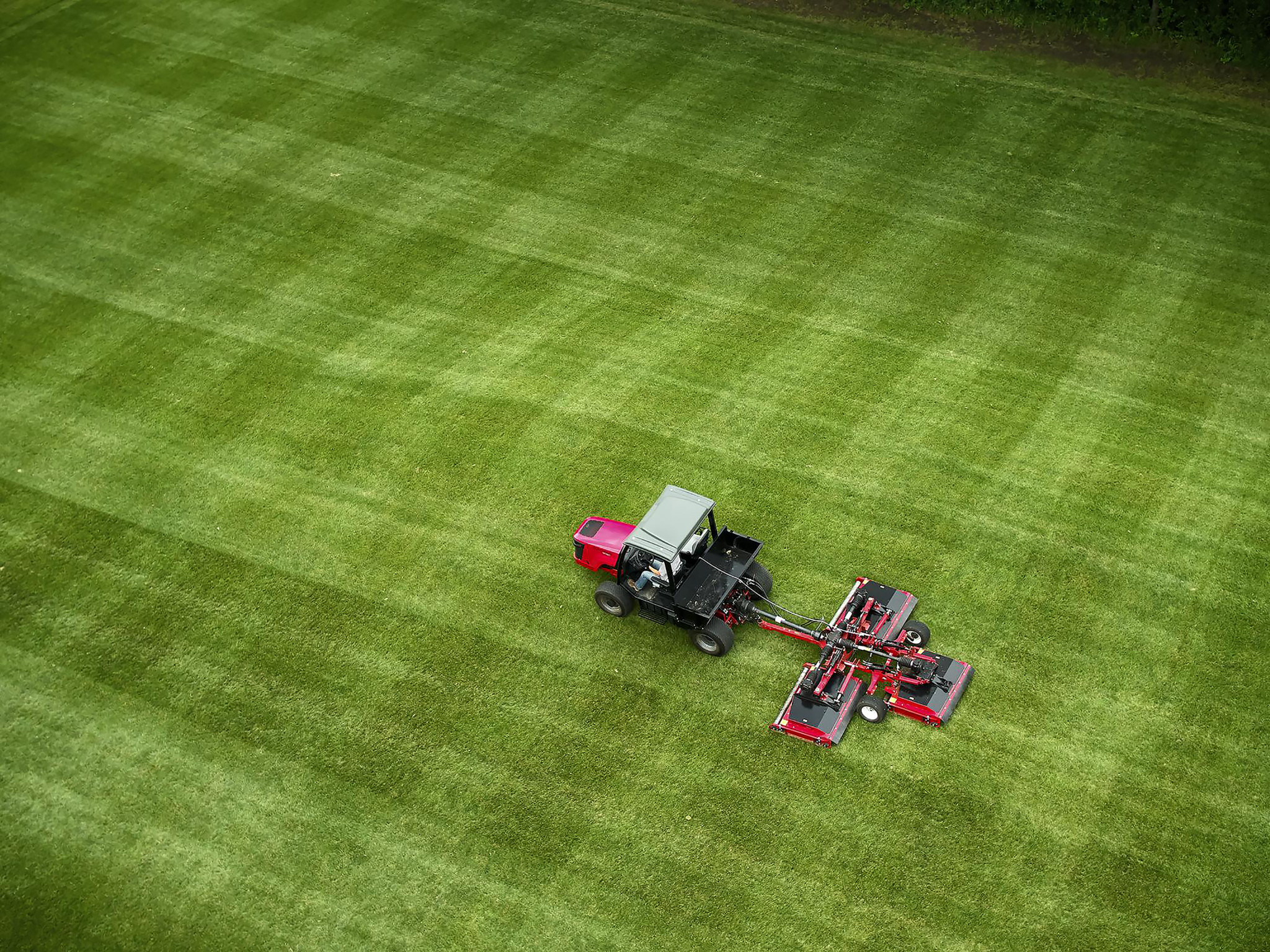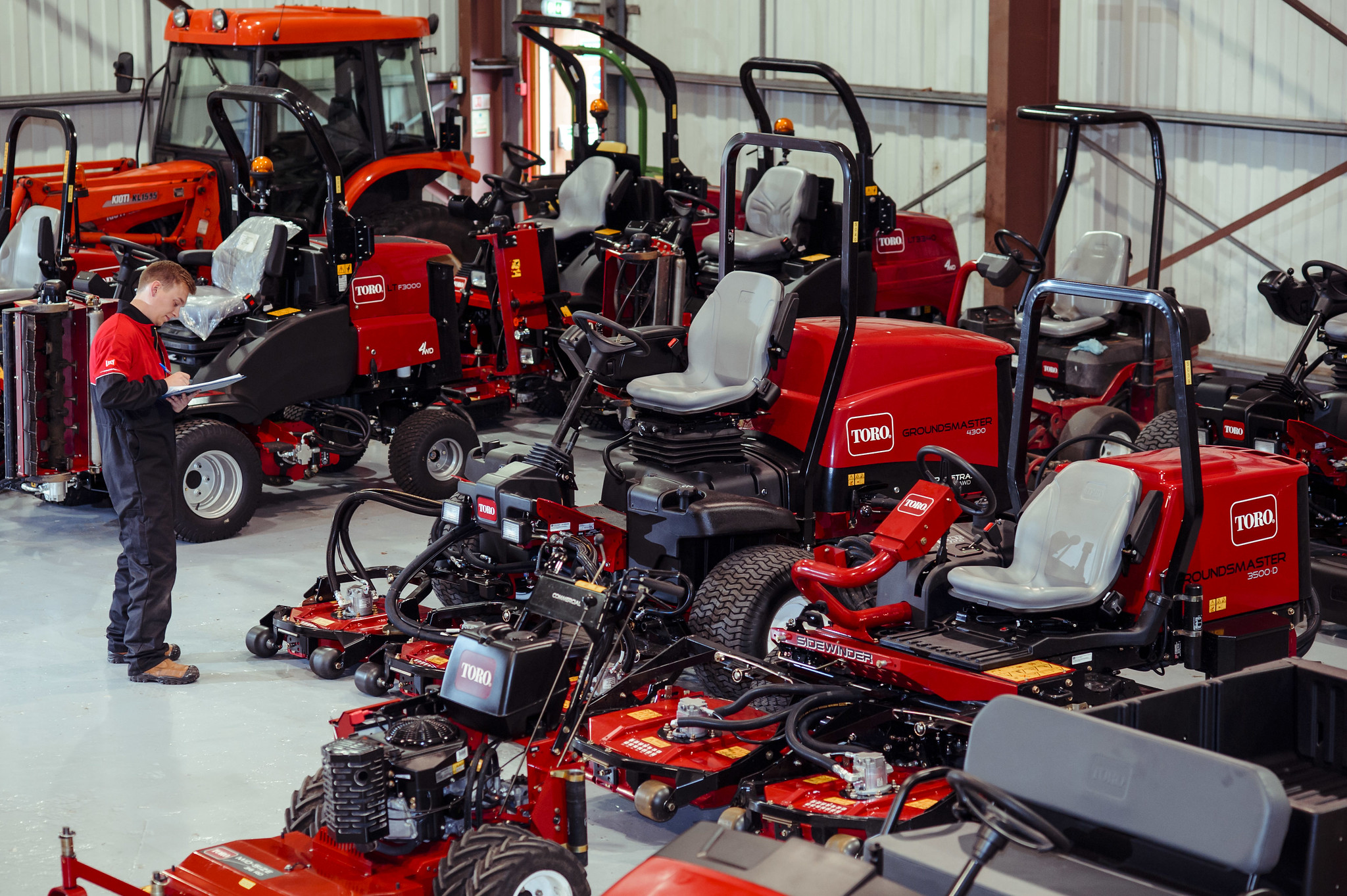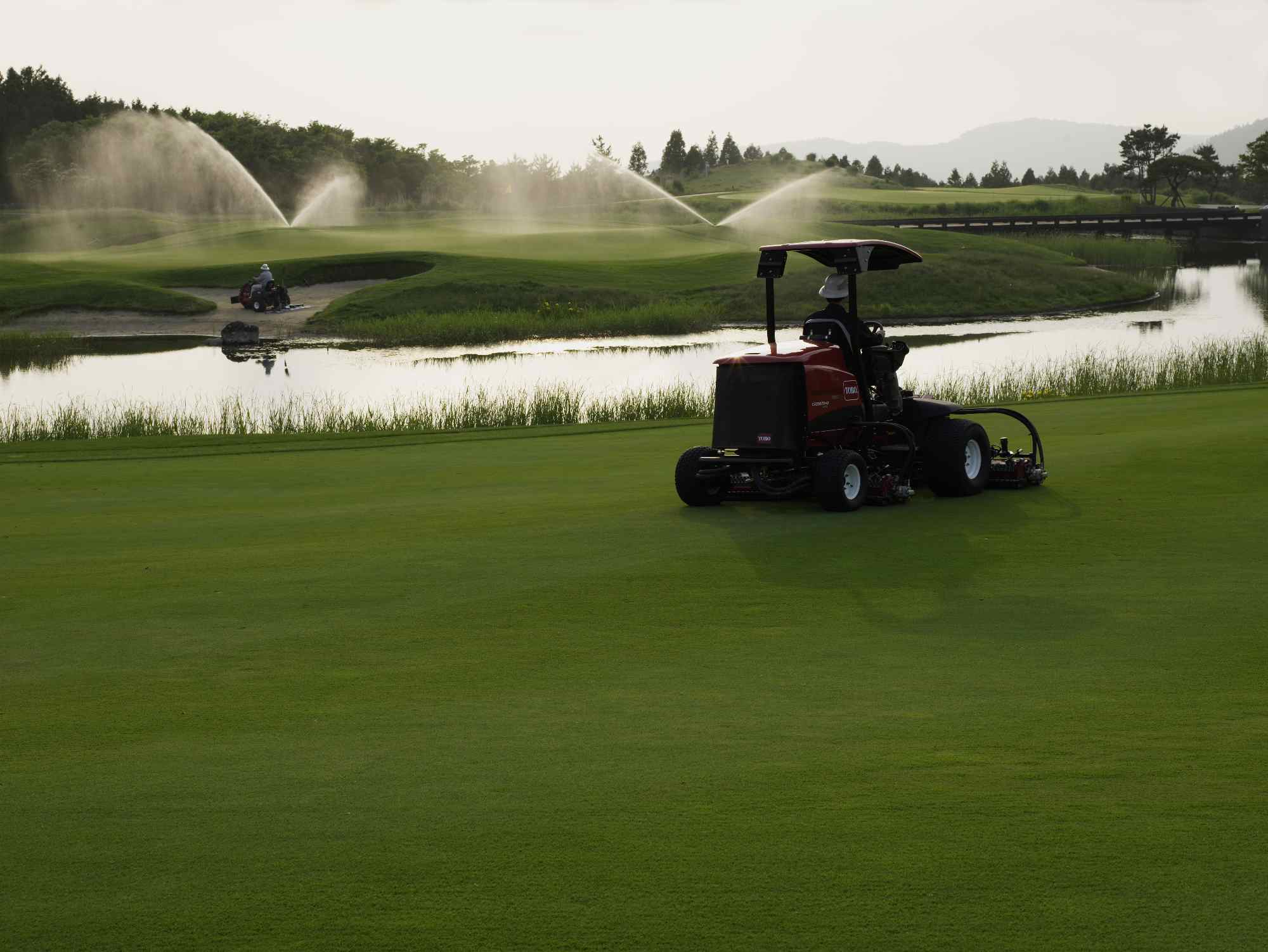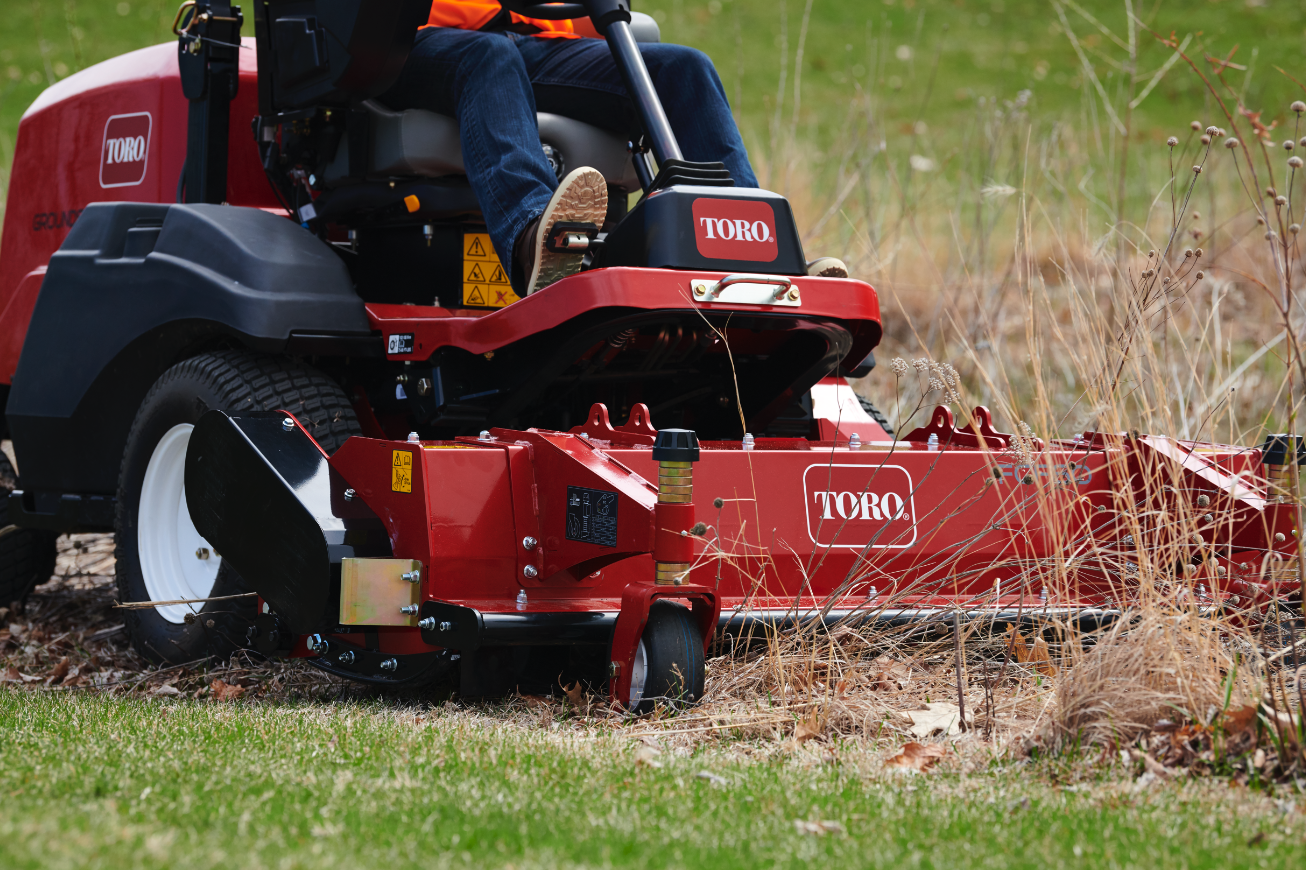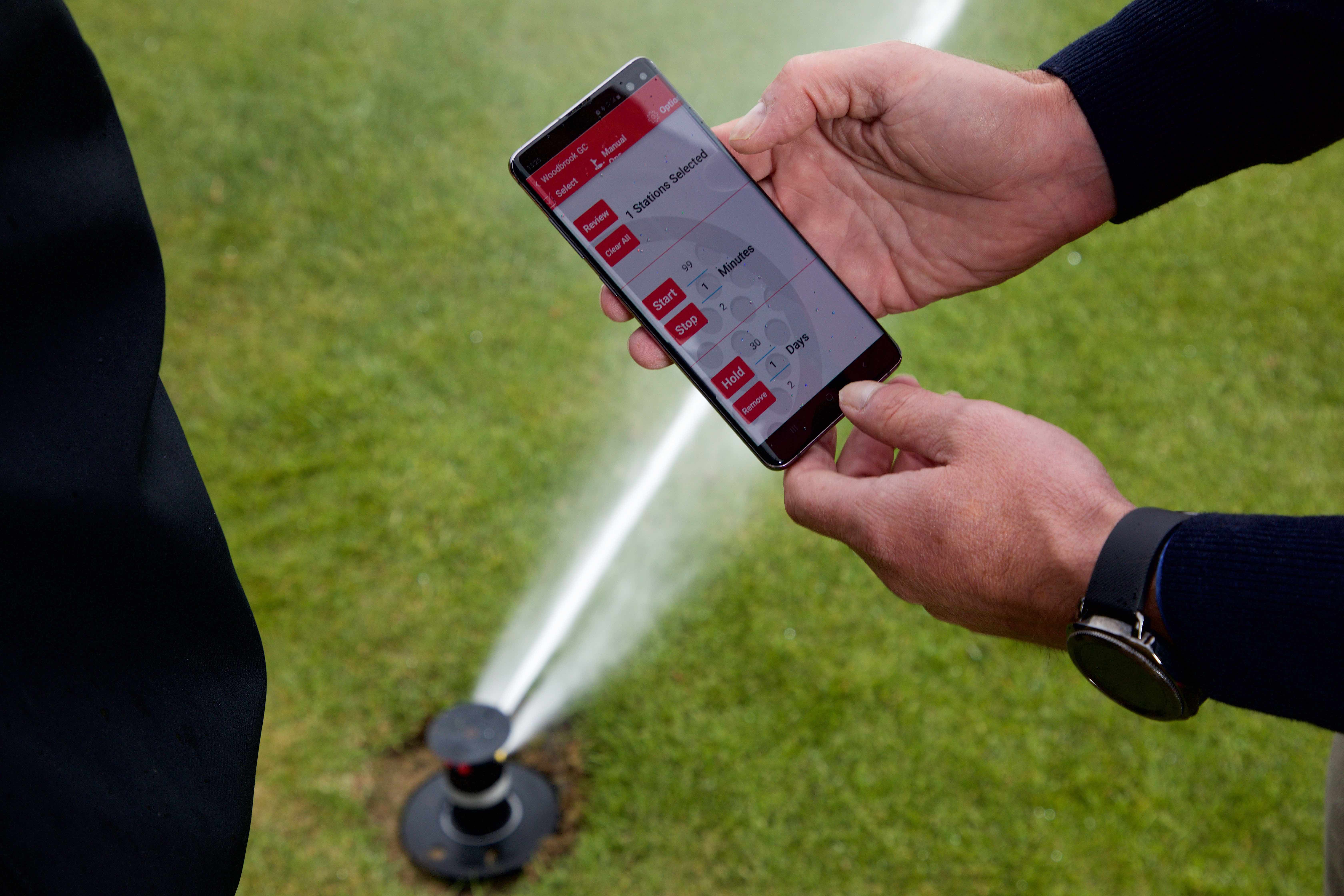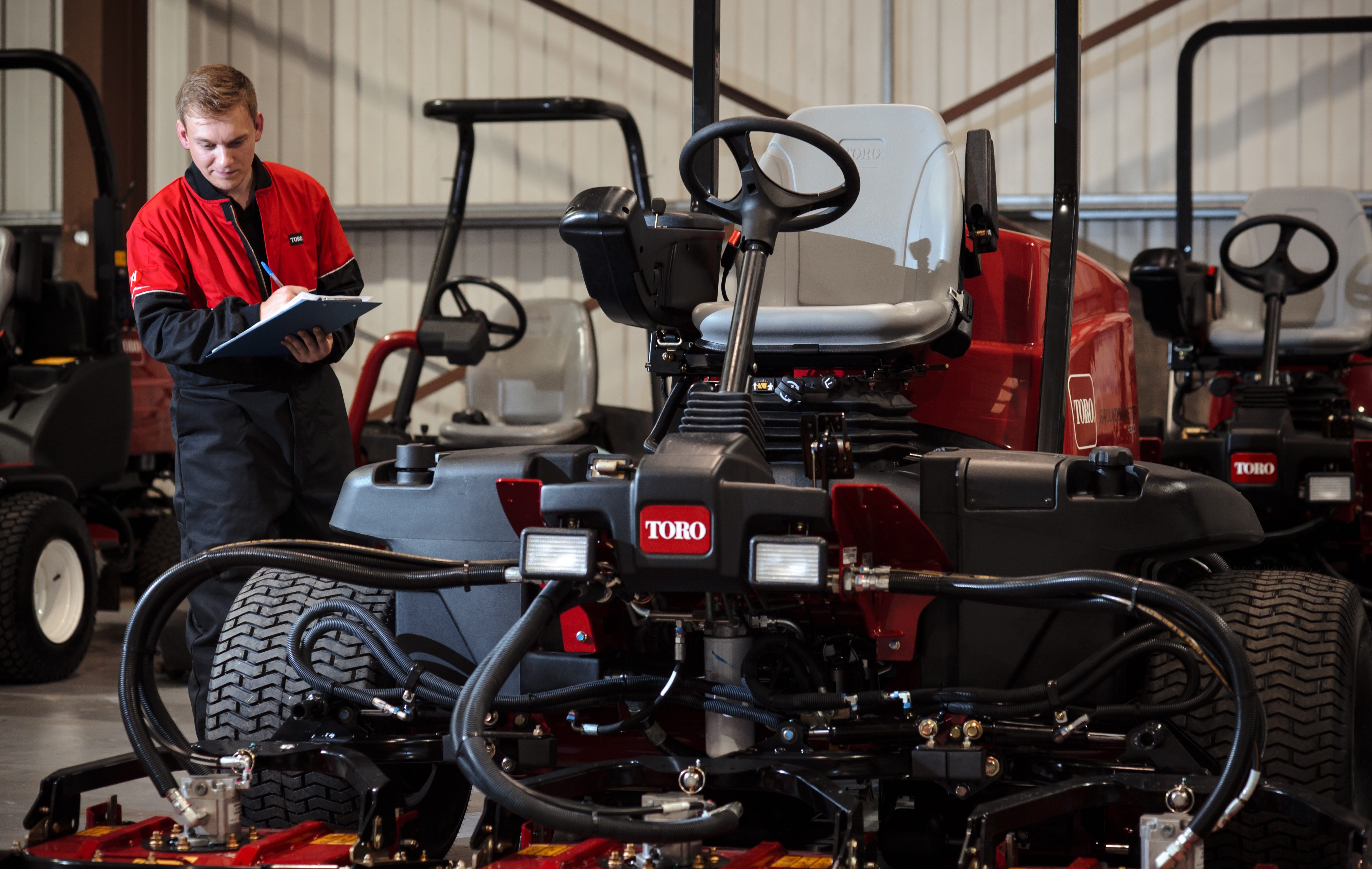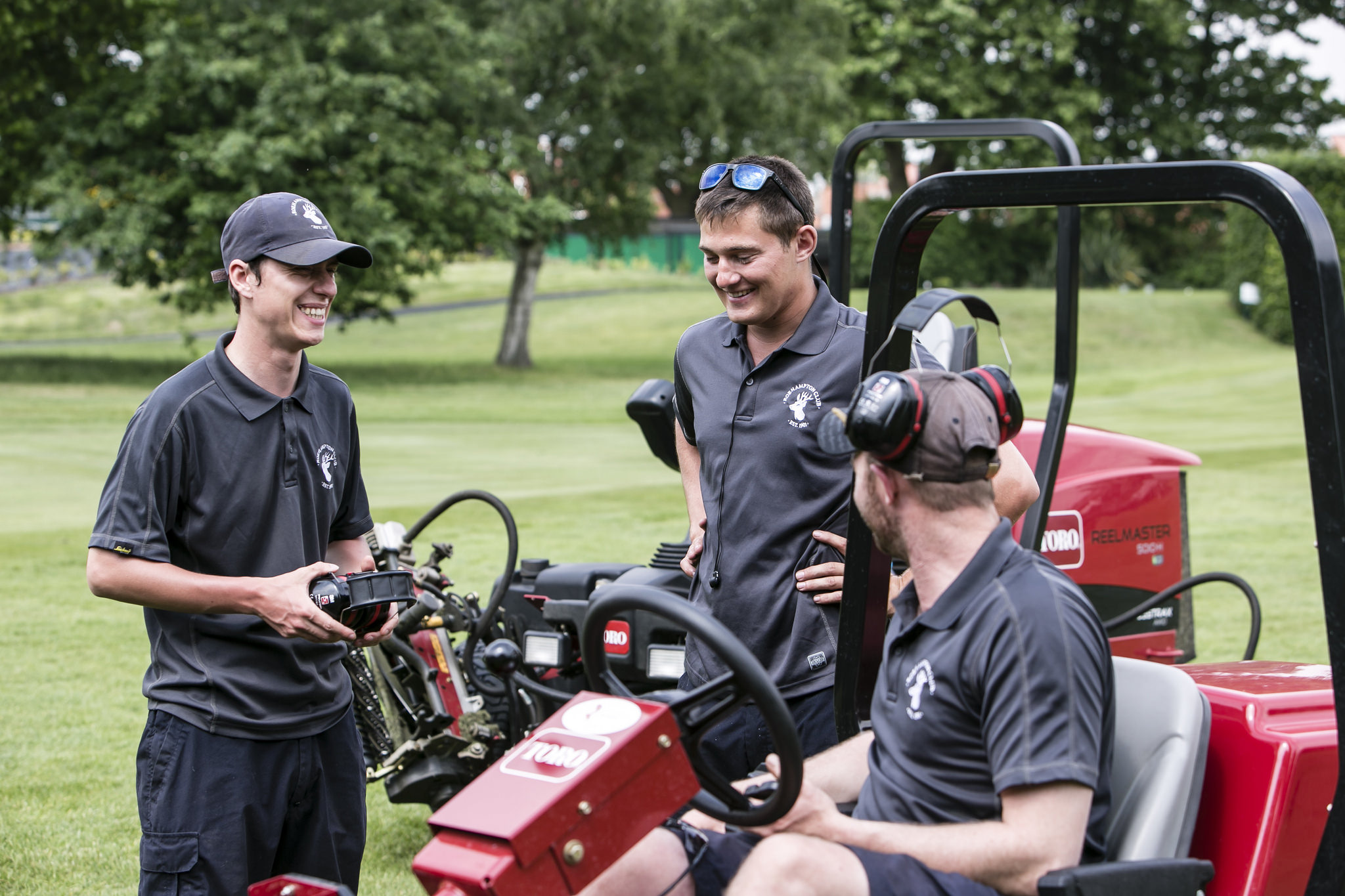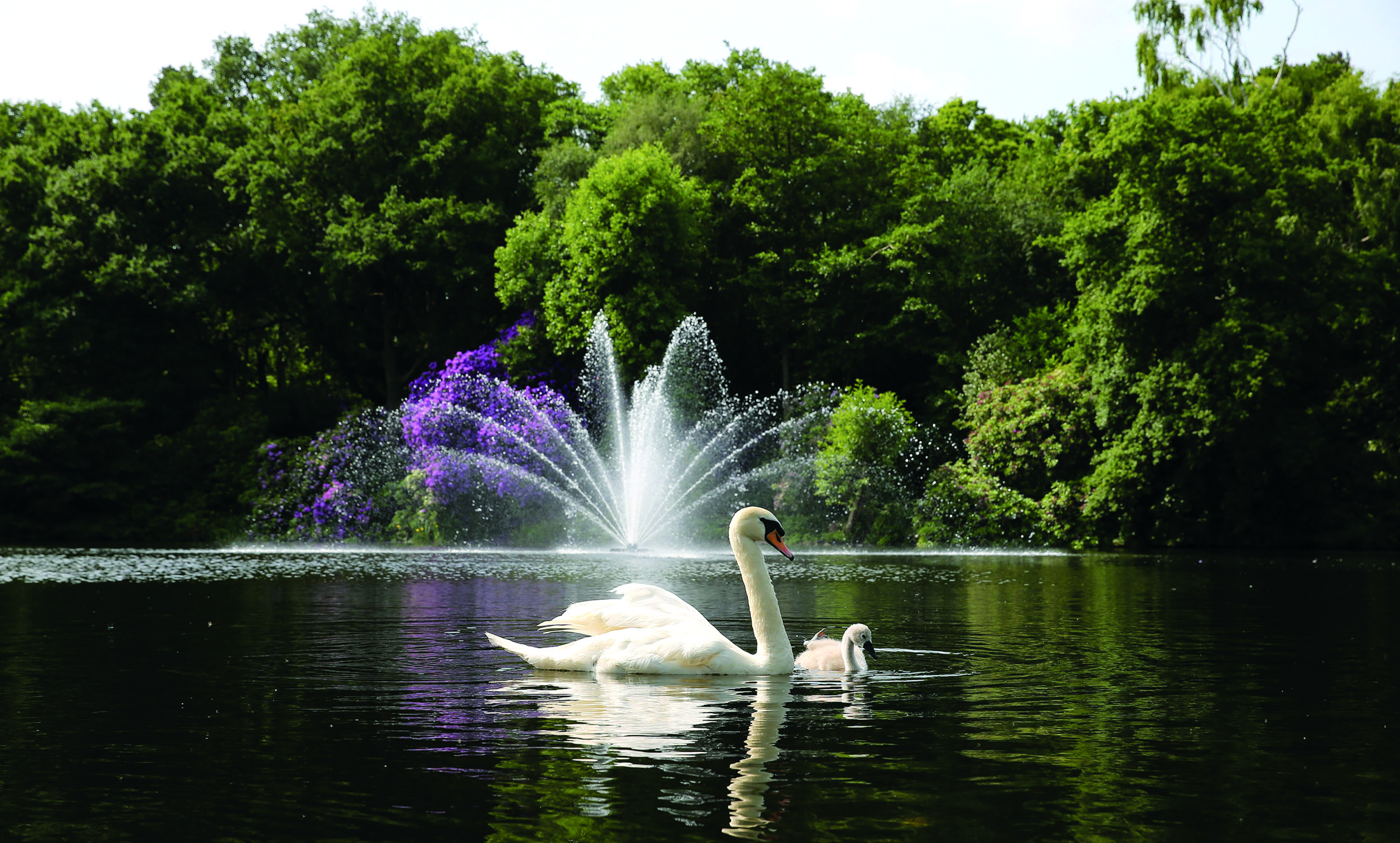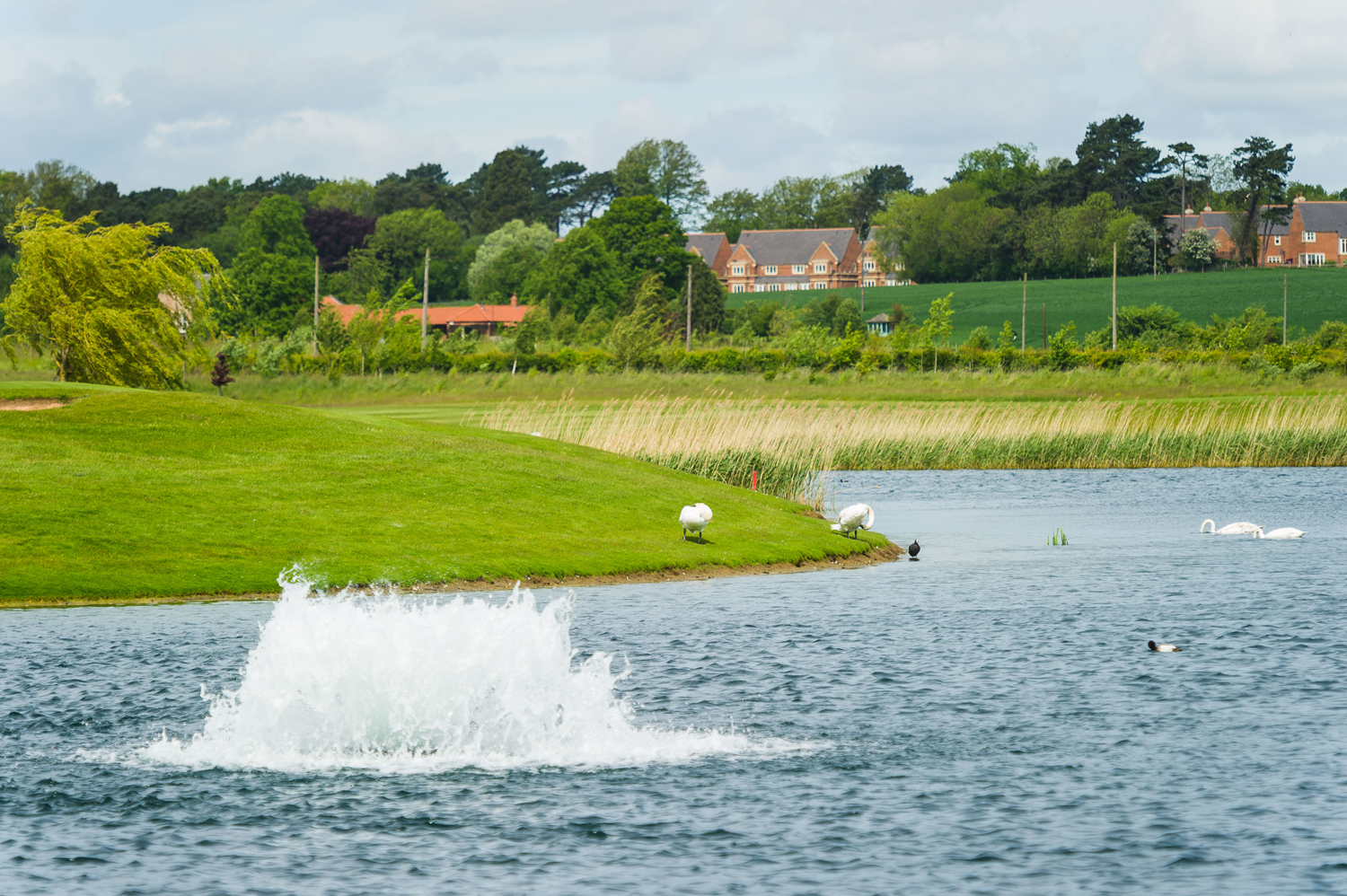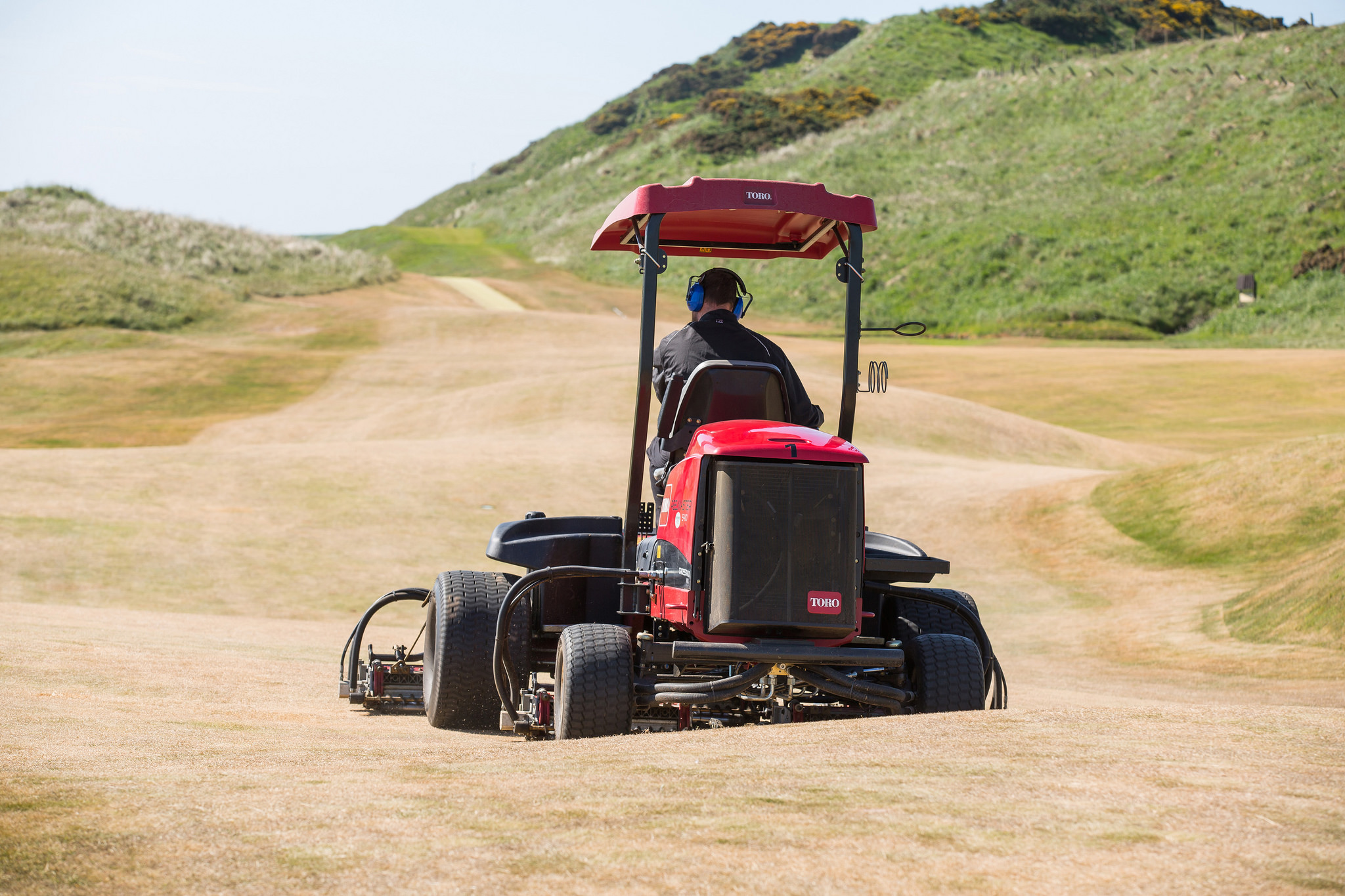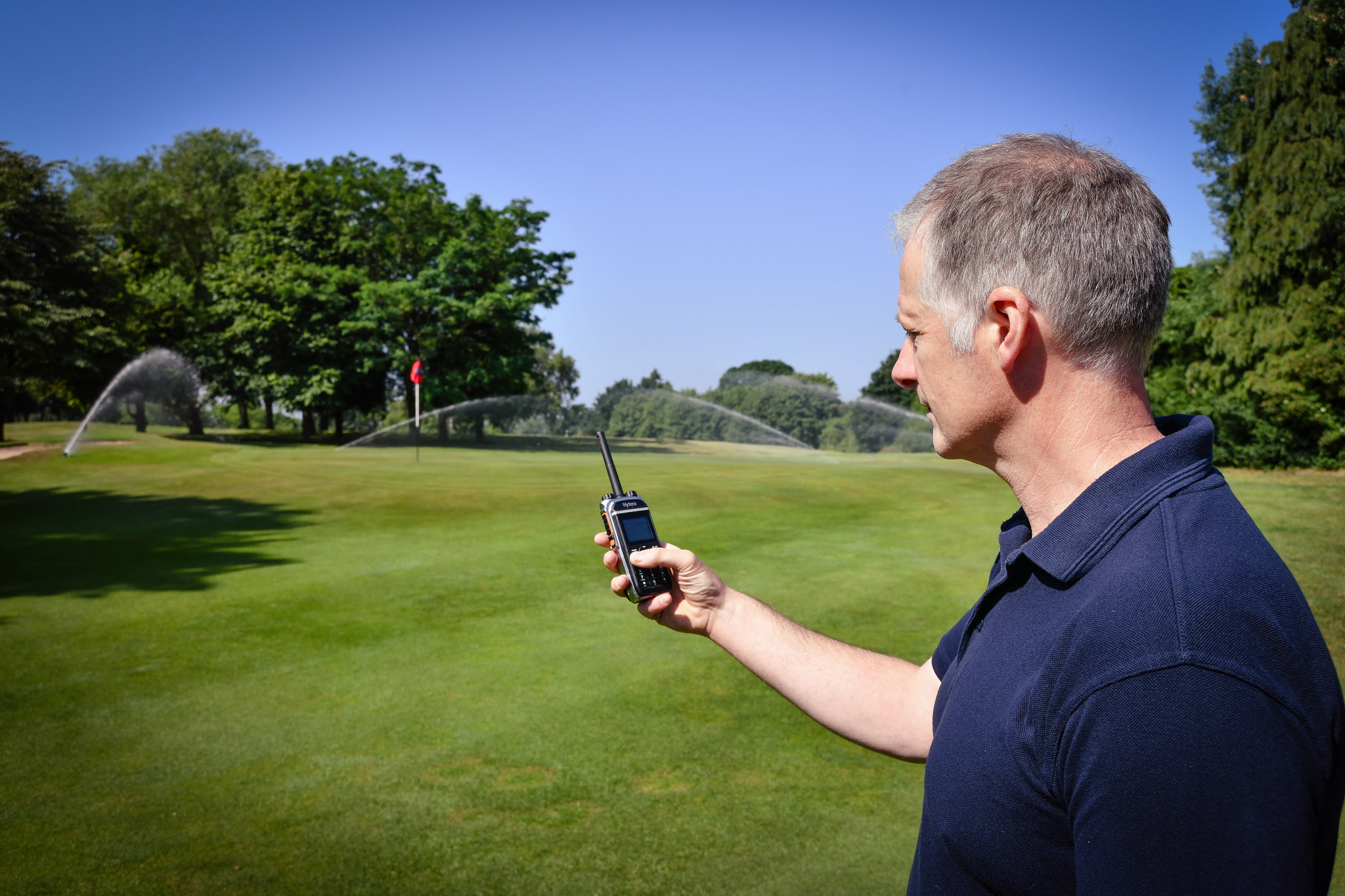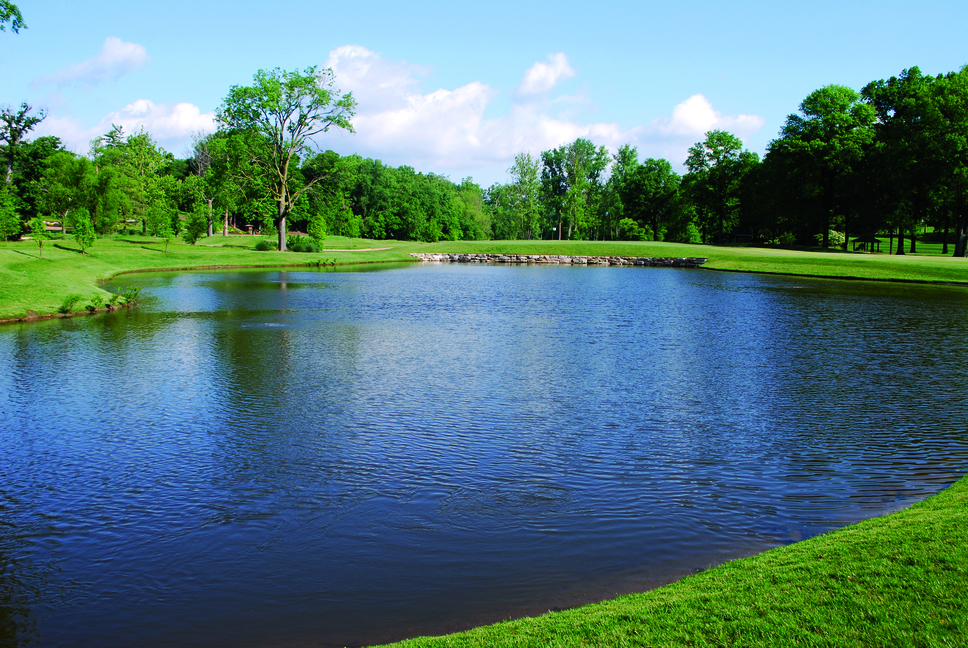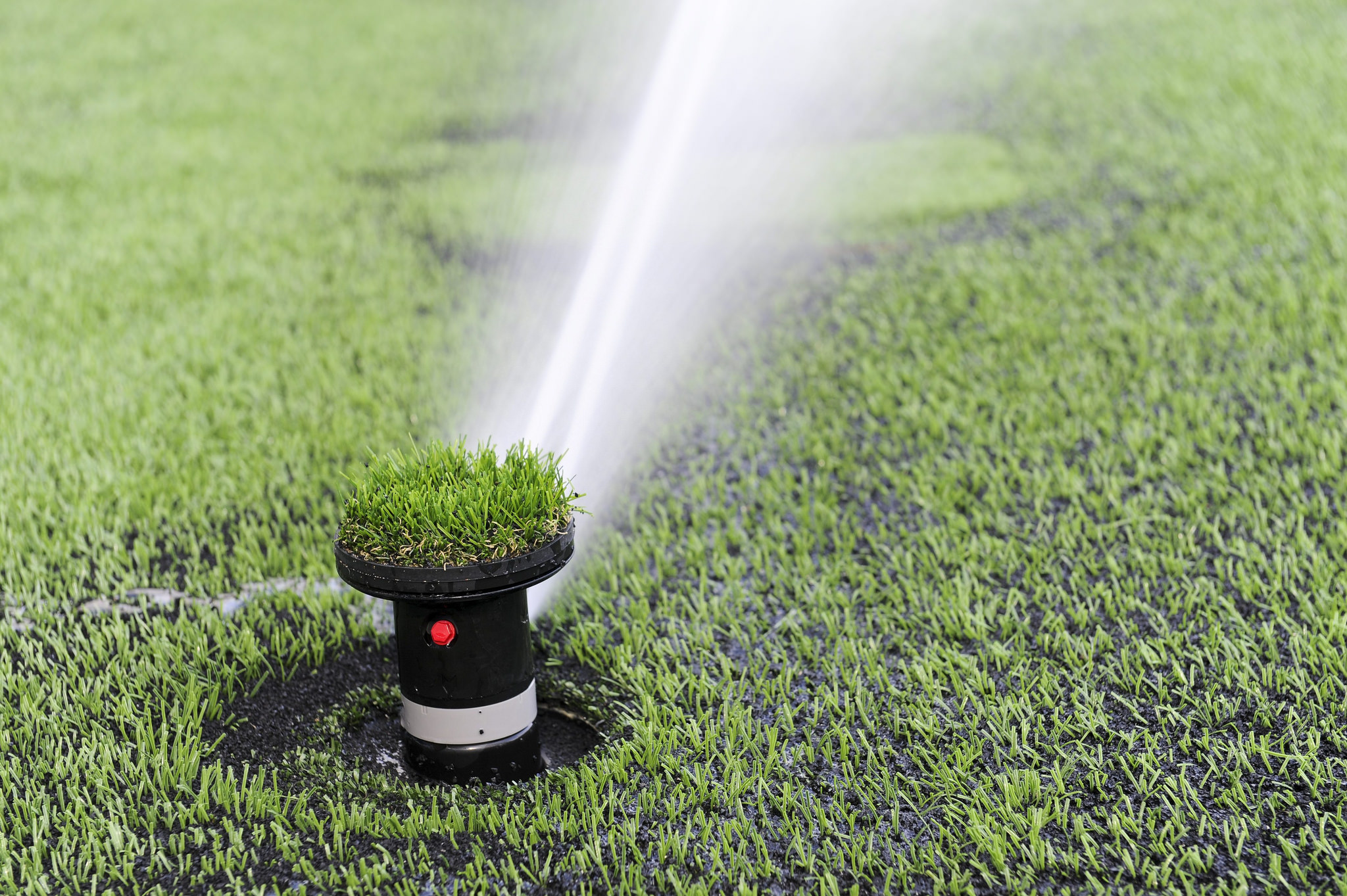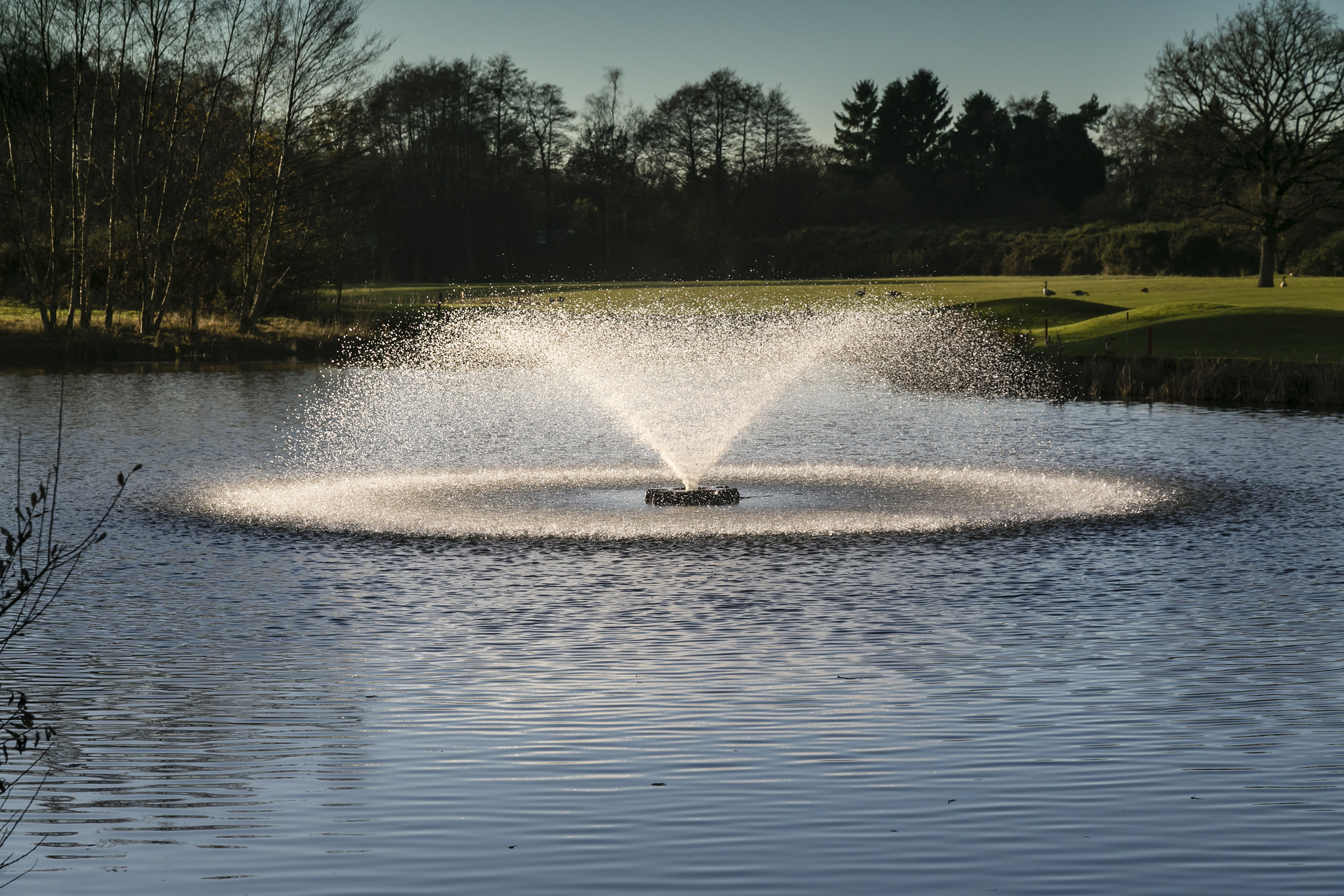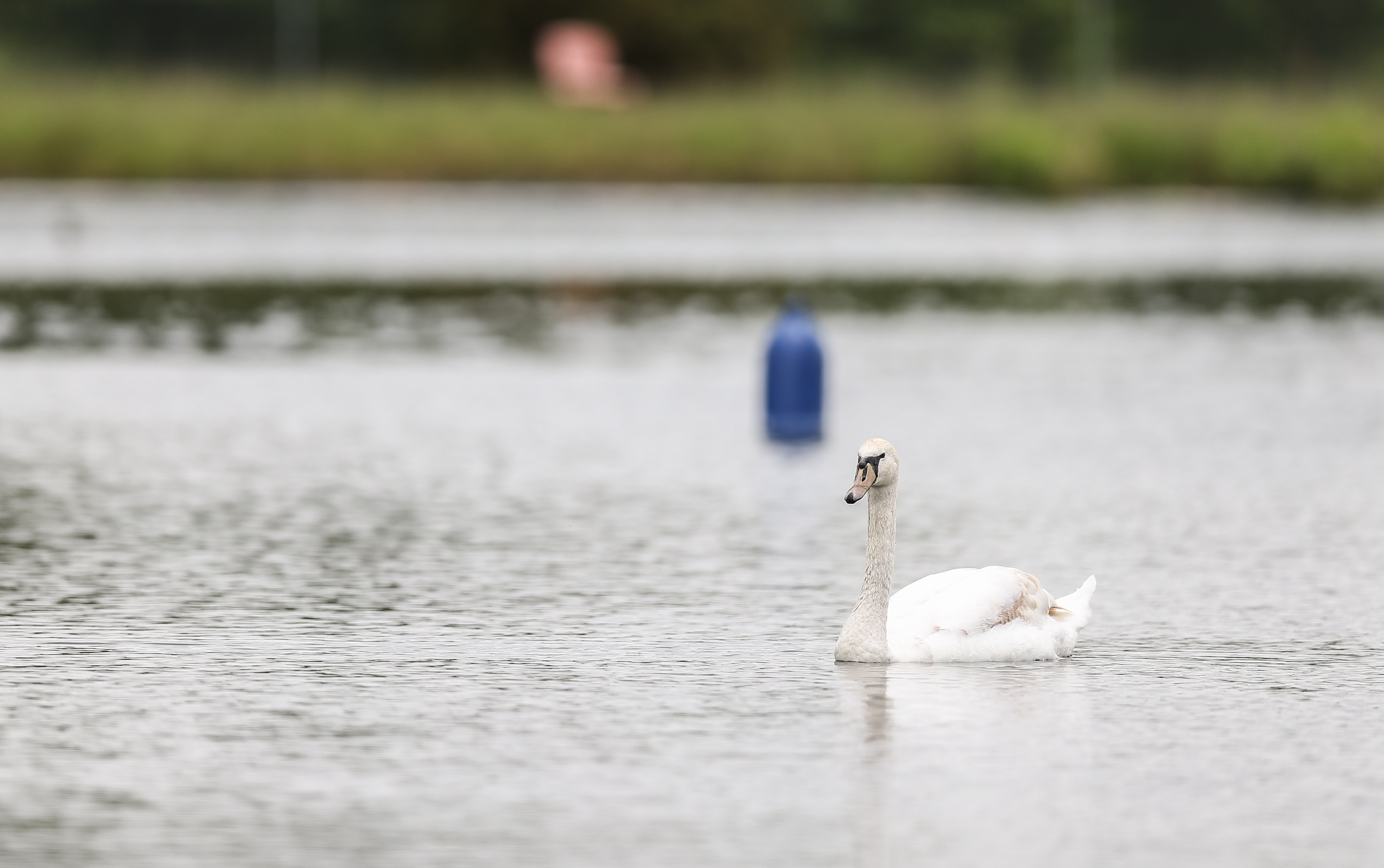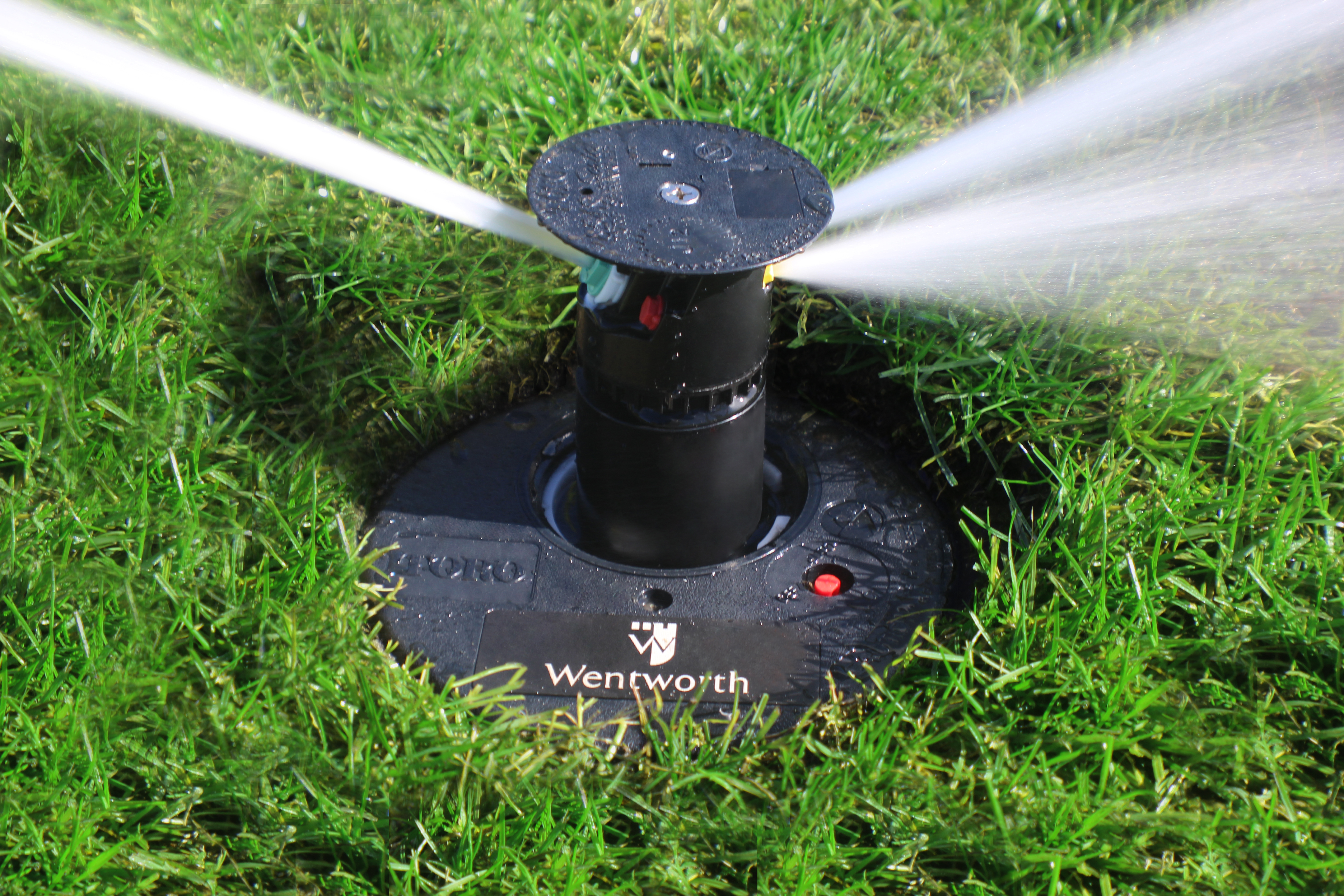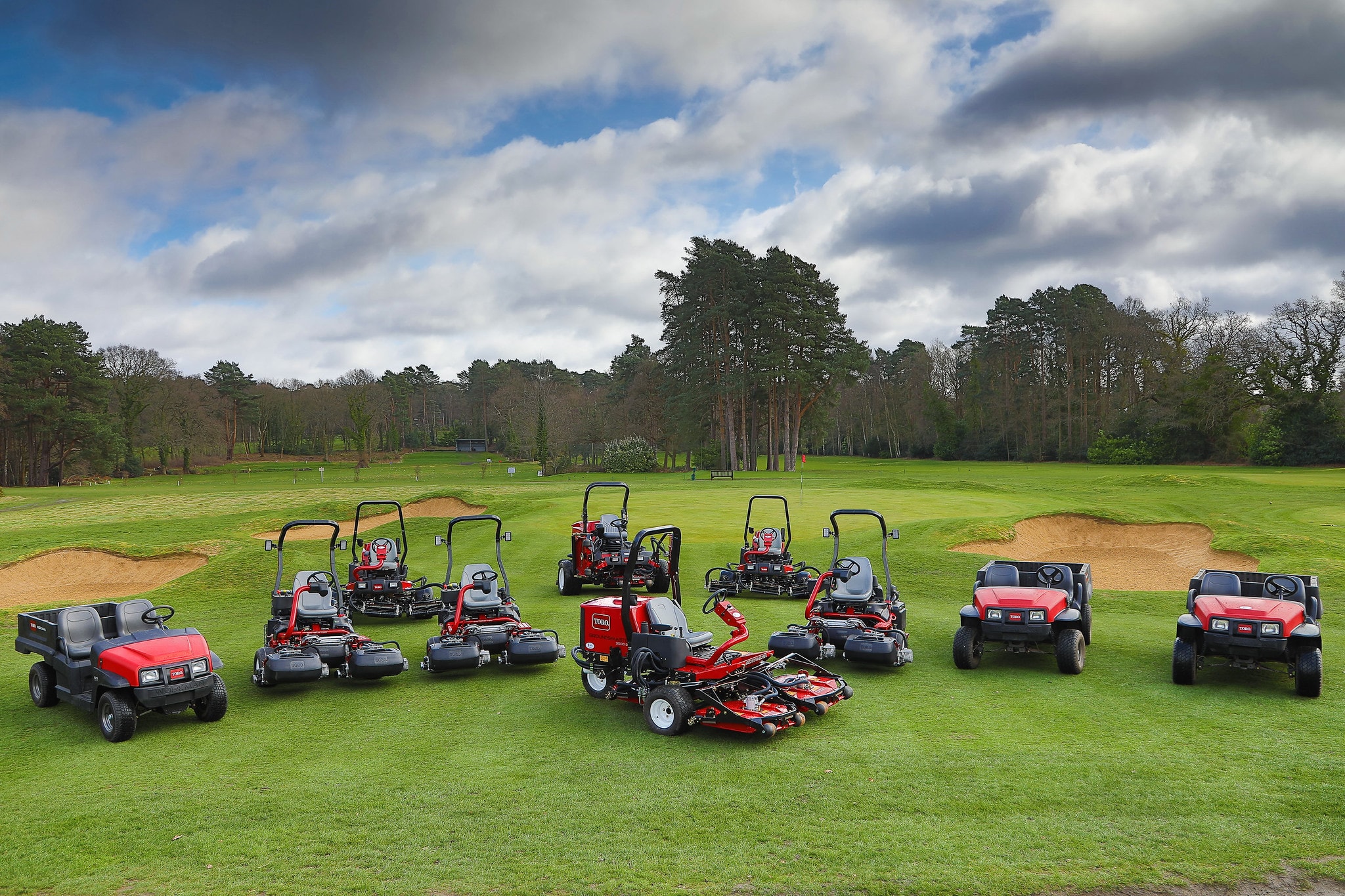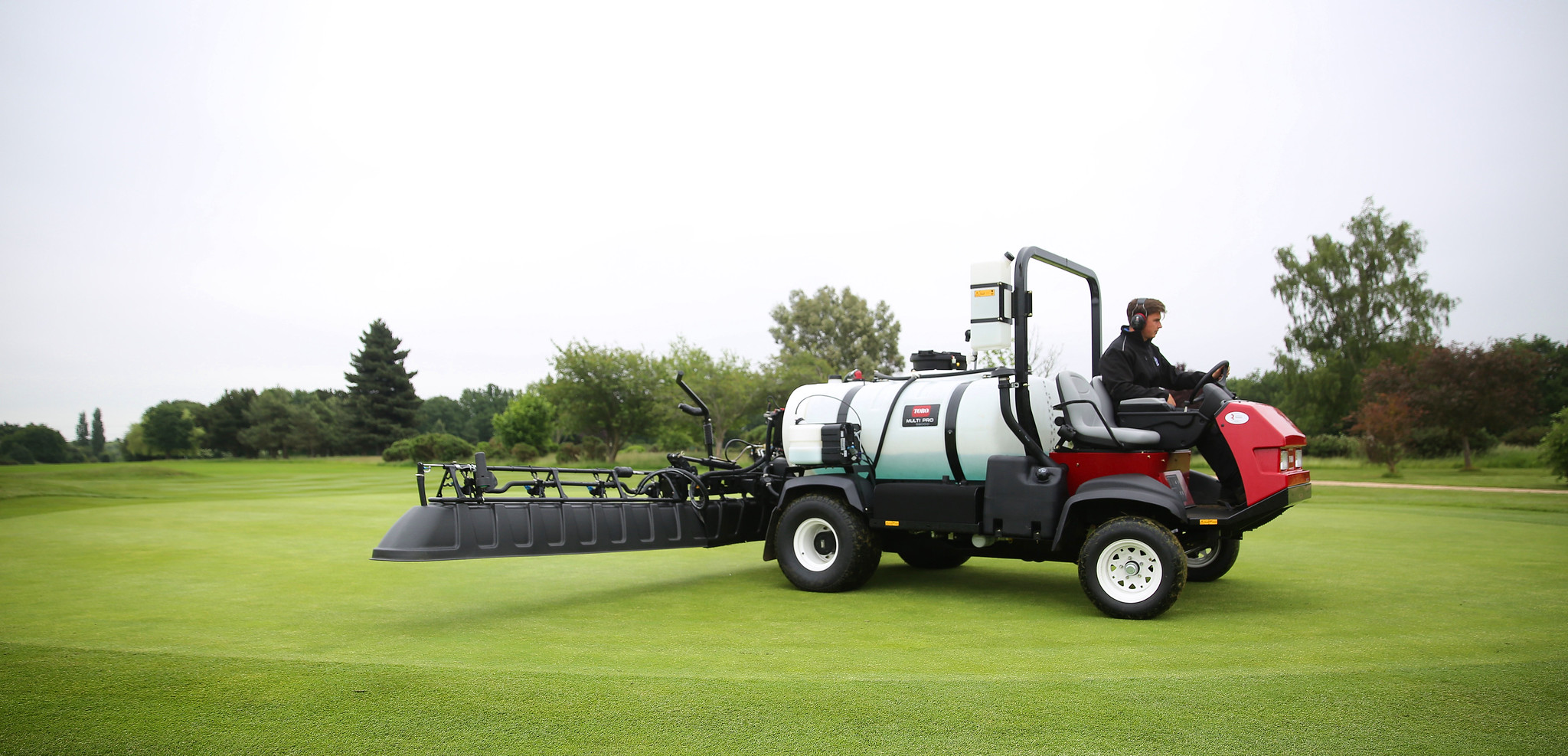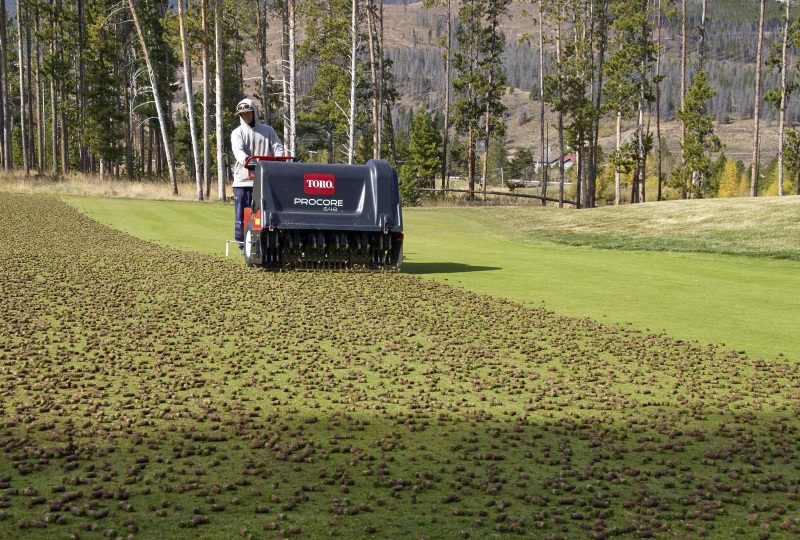- CONTACT US
- MOWERS
- VEHICLES
- APPLICATION
- Golf
- AERATORS
- VEHICLES
Shifting Skies and Evolving Greens
CONTENTS
FEATURED STORIES

Reesink Turfcare
Reading time: 10 minutes
Inside Microclimates
It’s no secret that weather patterns in the UK are changing, the country is experiencing notable shifts in its climate and as a result the tapestry of microclimates that form it.
In general, temperatures are rising, altered precipitation patterns are causing warmer summers, we’re having milder winters and increased frequency of extreme weather events such as heavy rainfall or prolonged droughts are becoming more prevalent across the country.
But within that microclimates are forming and changing too, and they have far-reaching implications for various sectors, including golf course management, in particular when it comes to irrigation needs. We investigate.
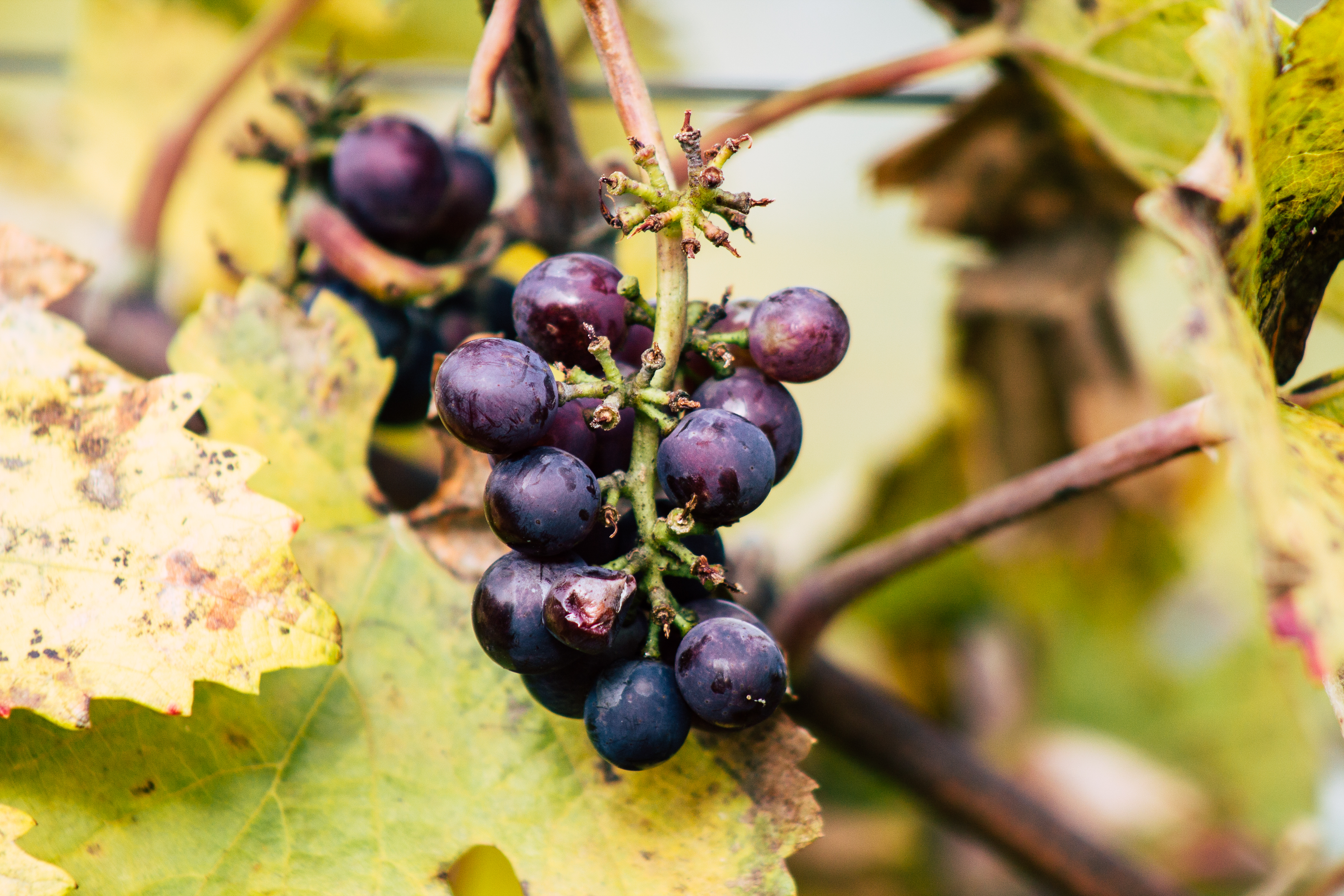
The emergence of Taittinger Grapes in Kent
One fascinating example of how microclimates in the UK are changing is the successful cultivation of Taittinger grapes in Kent.
Historically, Champagne has been synonymous with France, but climate change has created an opportunity for viticulture in southern England. The Champagne house Taittinger recognised the potential of the UK's changing climate and established a vineyard in Kent to produce high-quality sparkling wine.
Taittinger grapes require specific conditions to grow and traditionally the weather in England has been too cold for grapes to ripen consistently. However there has been a warming of over one degree celsius during the growing season in the south-east, a shift that has enabled growth and variety in the UK viticulture sector. The success of Taittinger's venture underscores the suitability of the Kent microclimate for grape cultivation and highlights the broader transformation occurring in the UK's climatic conditions.
Eastern England has seen a similar phenomena and 2022 was the first year, the vineyards here managed to yield a decent Sauvignon due to the warmer climes.
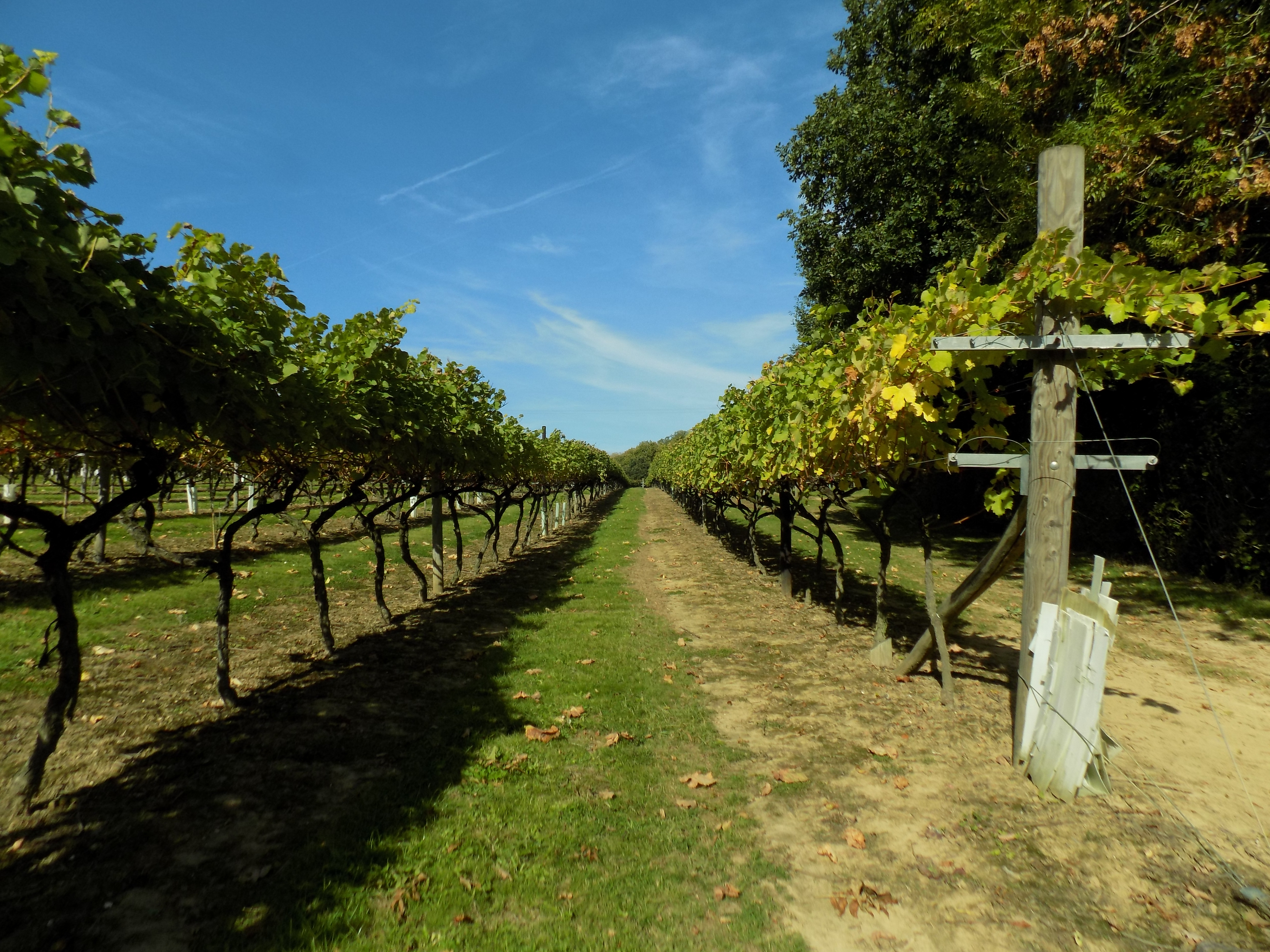
The impact on golf
For golf course managers, understanding how microclimates are changing is crucial for adapting their practices and ensuring optimal playing conditions. Understanding specific microclimate characteristics, how it affects the course and how that affects irrigation practice allows for more targeted and efficient water allocation.
Changes in precipitation patterns may result in increased water scarcity during drier periods and heightened flood risks during heavy rainfall events. Courses in coastal regions may even face rising sea levels, increased storm surge risks, and saltwater intrusion, impacting the microclimate of the course and potentially affecting turf health.
One of the key processes that microclimates play a role in is evapotranspiration – the sum of all processes by which water moves from the land surface to the atmosphere via evaporation and transpiration. It covers the evaporation of water from the soil surface, the capillary fringe of the groundwater table and water bodies on land, as well as the transpiration that occurs when plants take up liquid water from the soil and release water vapour into the air using their leaves.
Evapotranspiration rates will change from course to course depending on the local climate, levels of sunlight and topography, and can even change from neighbouring courses to holes on the same course. It’s a crucial factor in the level of irrigation different parts of the course need, with areas of higher evapotranspiration requiring more irrigation support to supplement the loss of water into the atmosphere.
The changing climate, increase in temperature and alterations in humidity and wind patterns, which may replace the layer of humid air directly above the turf with dry air, has seen evapotranspiration levels steadily increase. Elevated evapotranspiration rates necessitate a greater supply of water to meet the demands of the vegetation, particularly during periods of high heat and drought.
Water scarcity and competition for limited water resources may require courses to implement water conservation measures, explore alternative water sources, and adapt irrigation practices to maintain sustainable water use.

Managing changing microclimates
When it comes to changing microclimates for golf course managers and greenkeepers, it’s not about halting these changes but monitoring and working with them in an effort to allocate water across the course effectively to compensate for any changes. And technology is the key.
Investing in climate monitoring tools and systems to gather accurate and localised weather data can aid in making informed decisions about irrigation, turf management, and course maintenance practices as microclimates adapt according to larger global changes.
Likewise advanced irrigation technologies that utilise sensors, weather forecasts, and soil moisture data to optimise water usage can reduce waste and promote efficient resource management. Toro's Turf Guard monitors moisture and temperature in the playing surface, delivering data to help manage water usage and retain optimum conditions for the surface and root zone.
When it comes to controlling your course’s technology, Toro’s Lynx Central Control system uses an intuitive interface that allows users to customise their system to course conditions and microclimates, and gives access to comprehensive information such as weather and pump stations, intelligent field controllers, Toro Turf Guard Wireless soil sensors and precision sprinklers that can accommodate shifting weather patterns. With Lynx LAC, it can be deployed on all legacy wired systems, bringing the powerful benefits of Toro’s Lynx platform within easy reach – including the ability to control irrigation from a desk-top or mobile device.
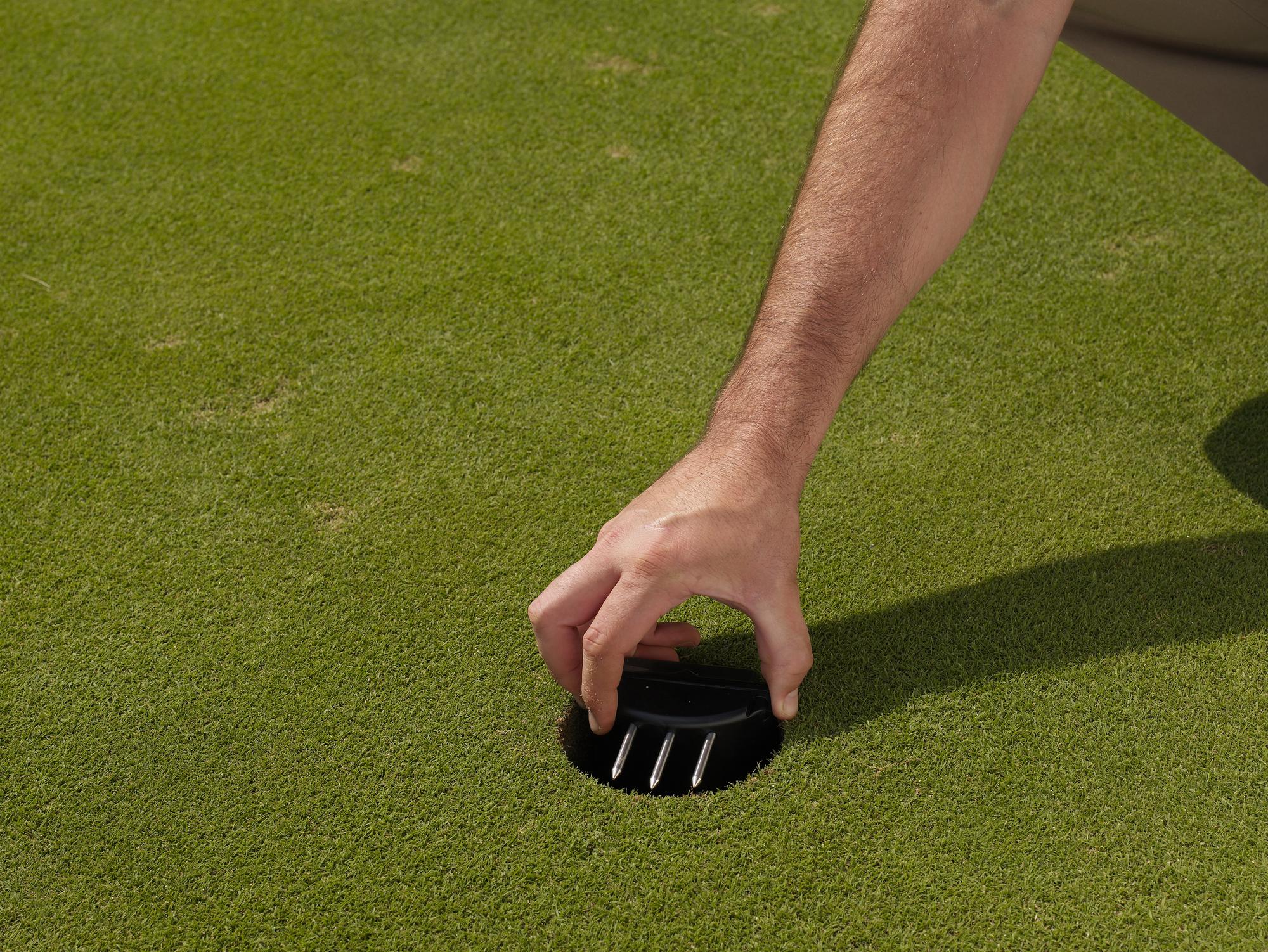
The future
Responsible irrigation is our collective responsibility and this is yet another element to factor in, presenting both challenges and opportunities for golf course managers.
Understanding these changes and their implications is vital for adapting irrigation tactics, turf management practices, and overall course maintenance strategies. By proactively embracing sustainable practices, leveraging innovative solutions and using technology, golf courses can thrive amid the evolving microclimates, offering enjoyable playing experiences while safeguarding the environment for future generations.
To discover more about how Toro technologies can help to manage changing microclimates on your course, contact Reesink Hydro-Scapes by calling 01480 226800 or visit reesinkturfcare.co.uk
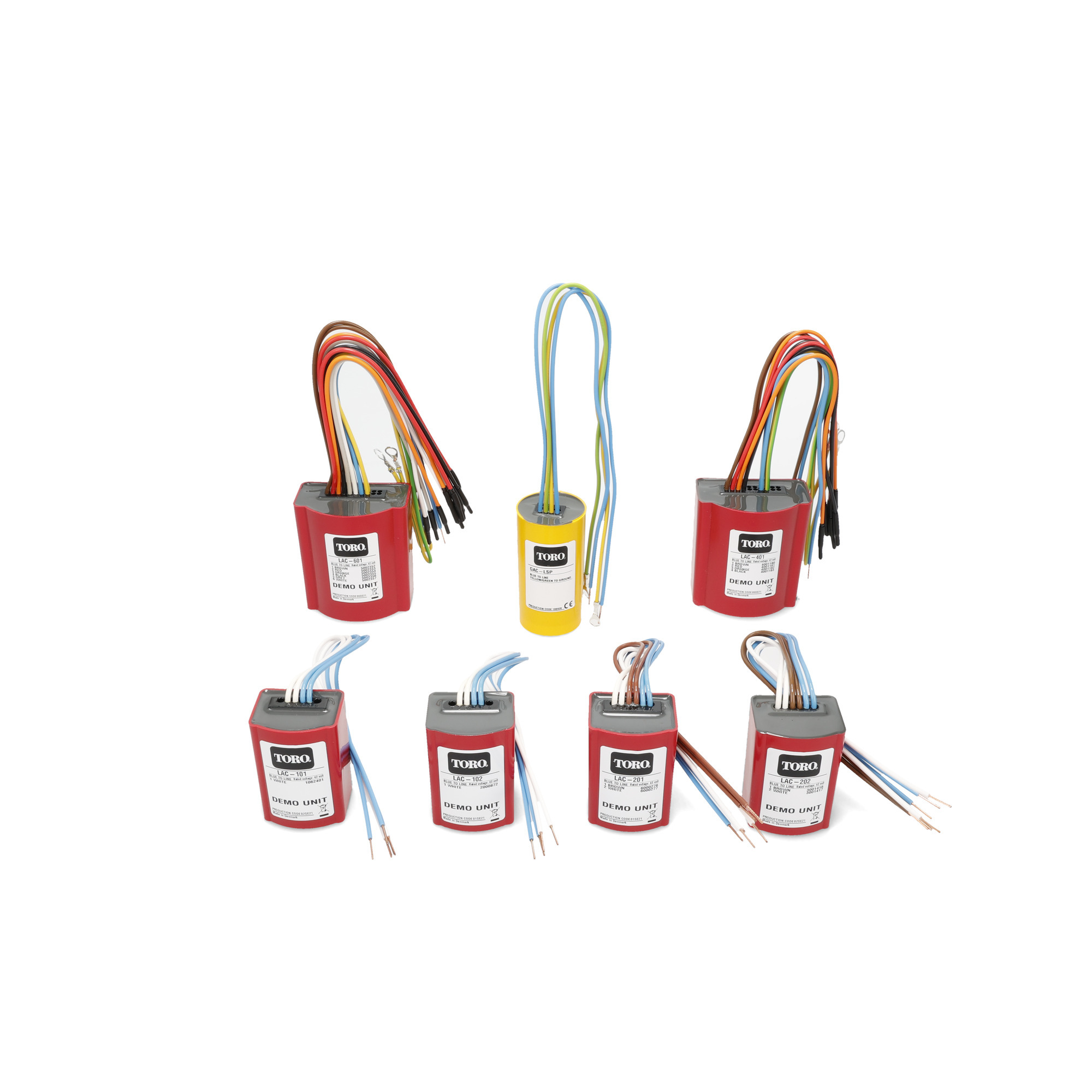
Reesink UK LTD | 1-3 Station Road, St Neots PE19 1QF | Registered in England
Reesink UK LTD is authorised and regulated by the Financial Conduct Authority.


